Language is a powerful tool that shapes our understanding of the world and the people in it. It is essential to use language that respects and acknowledges the identities of all individuals, including those in the LGBTQ community. One important aspect of this is understanding and using the correct pronouns for each person. In this guide, we will explore the various LGBTQ pronouns and provide examples of their use, so we can all create a more inclusive and welcoming environment.
What are LGBTQ Pronouns?
Pronouns are words used to refer to a person in place of their name. While many people are familiar with the traditional pronouns "he" and "she," it is crucial to recognize that not everyone identifies within the gender binary. LGBTQ pronouns are inclusive pronouns that encompass a broader range of gender identities.
Common LGBTQ Pronouns
1. They/Them: This is a gender-neutral pronoun that can be used to refer to individuals who do not identify as strictly male or female. For example, "They are going to the store."
2. He/Him: These pronouns are typically used by individuals who identify as male. For example, "He is an incredible artist."
3. She/Her: These pronouns are typically used by individuals who identify as female. For example, "She is a talented musician."
4. Ze/Zir: These pronouns are gender-neutral and can be used to refer to individuals who do not identify within the traditional gender binary. For example, "Ze is a fantastic writer."
5. Xe/Xem: These pronouns are also gender-neutral and can be used to refer to individuals who do not identify within the traditional gender binary. For example, "Xe is an inspiring activist."
Why are Pronouns Important?
Using the correct pronouns is a way to show respect and validate someone's gender identity. It helps create an inclusive environment where individuals feel seen, heard, and acknowledged. Misgendering someone by using incorrect pronouns can be hurtful and invalidating, so it is essential to make an effort to use the correct pronouns for each person.
How to Use LGBTQ Pronouns
When meeting someone new, it is always best to ask for their pronouns. This shows that you respect their identity and are committed to using the correct pronouns. If someone shares their pronouns with you, make sure to use them consistently and confidently. It may take some time to adjust, but with practice, it will become second nature.
Examples
Let's say you meet someone named Alex, and they introduce themselves using the pronouns "they/them." To ensure inclusivity and respect, you could say, "Alex is a talented photographer. They have a unique perspective that shines through their work."
By using the correct pronouns, you are affirming someone's gender identity and creating a safe space for them to be their authentic selves.
Remember, learning and using LGBTQ pronouns is an ongoing process. It is essential to approach it with an open mind and a willingness to grow. By embracing inclusive language, we can foster a more accepting and supportive society for all members of the LGBTQ community.
Did you enjoy reading? Then dont forget to follow us on Instagram and Tiktok! We post daily news and content.



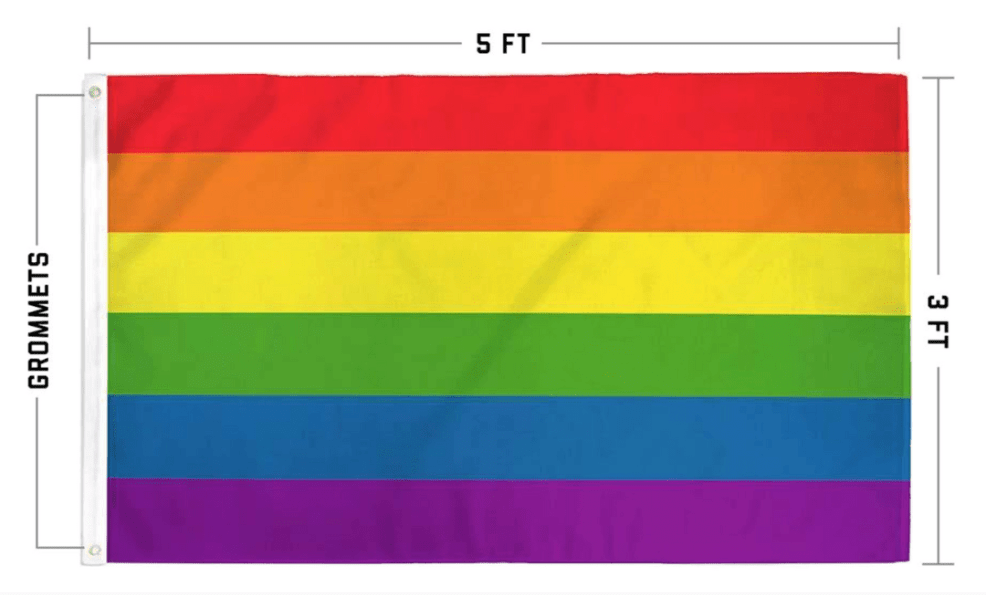
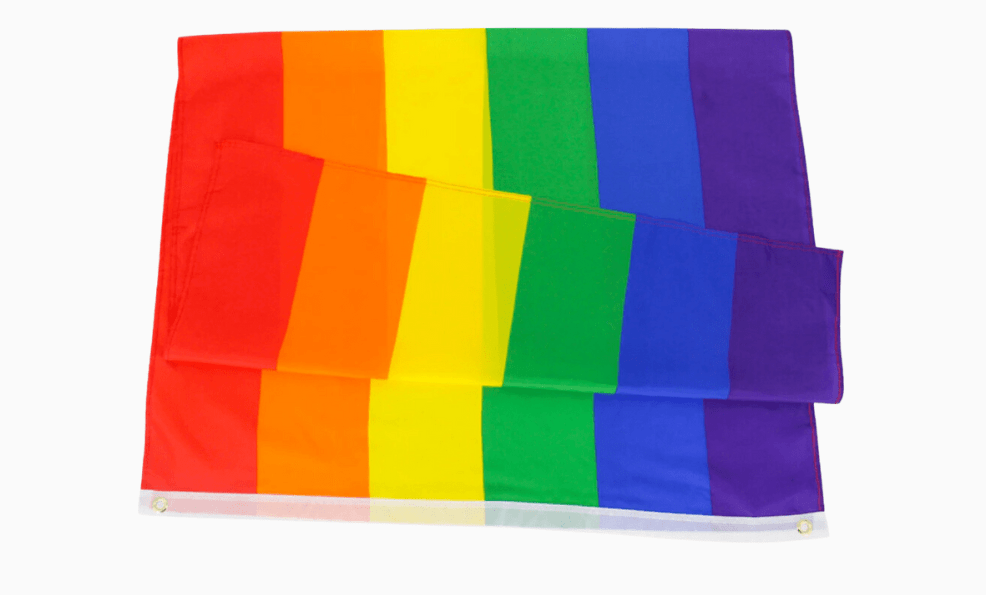
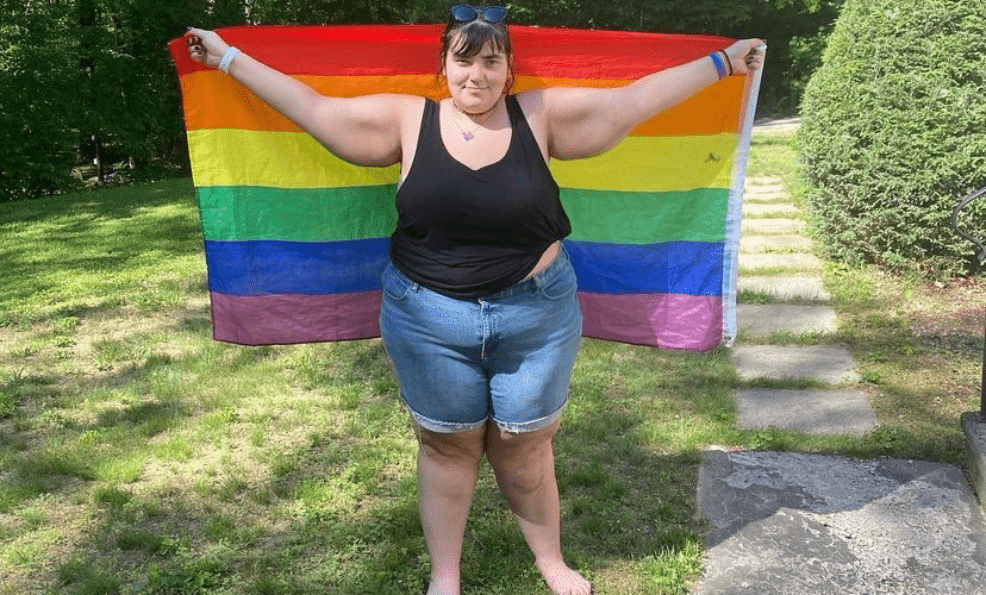


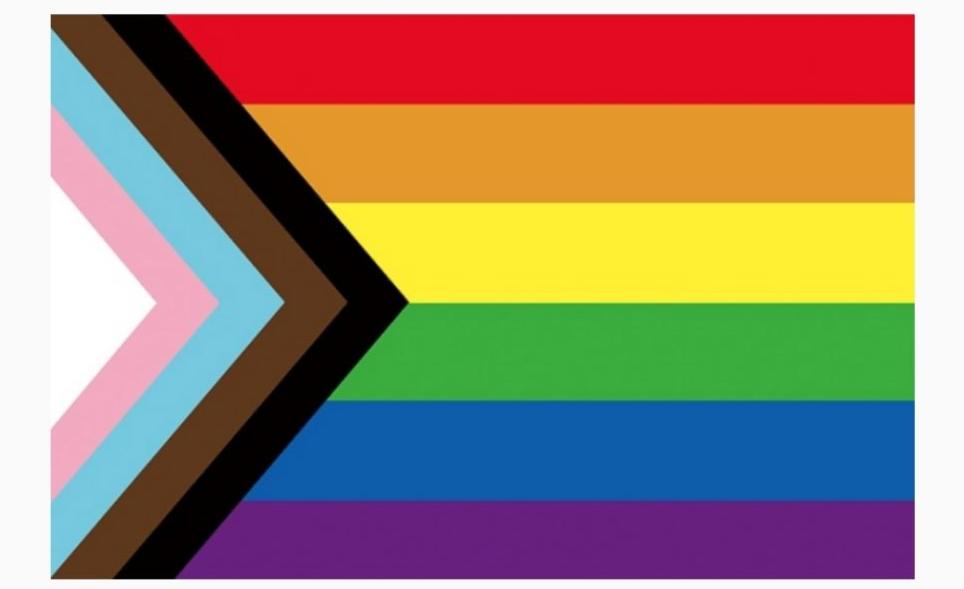
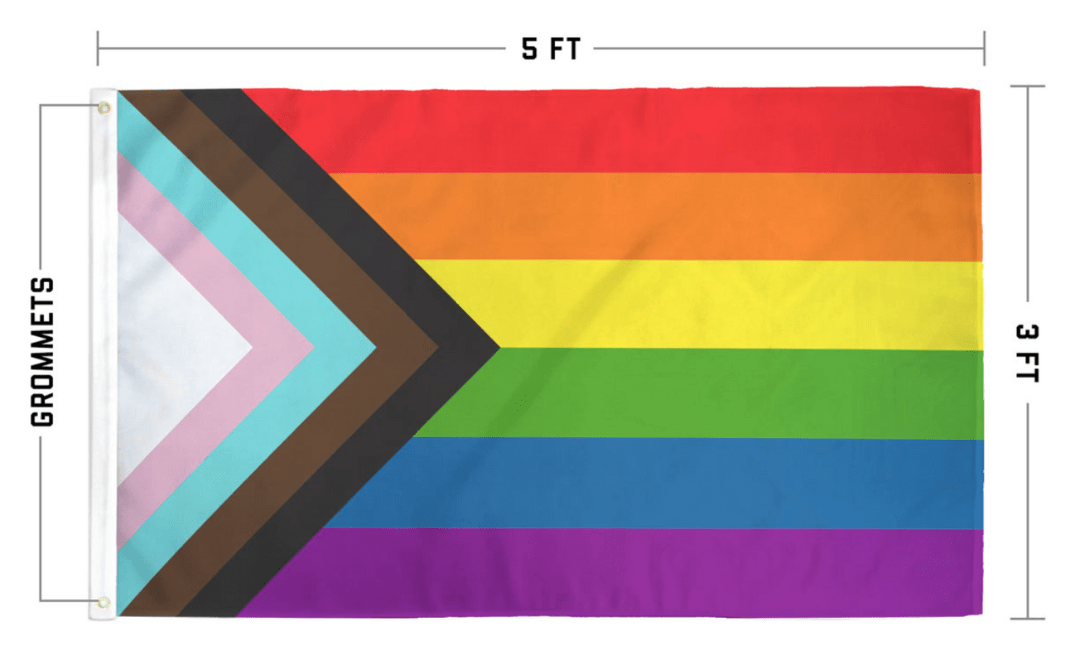
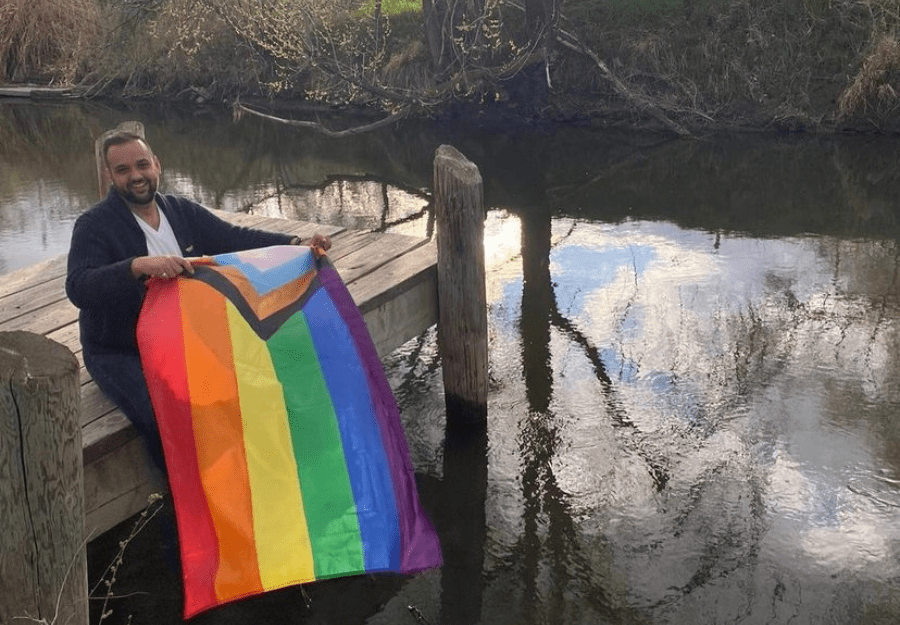

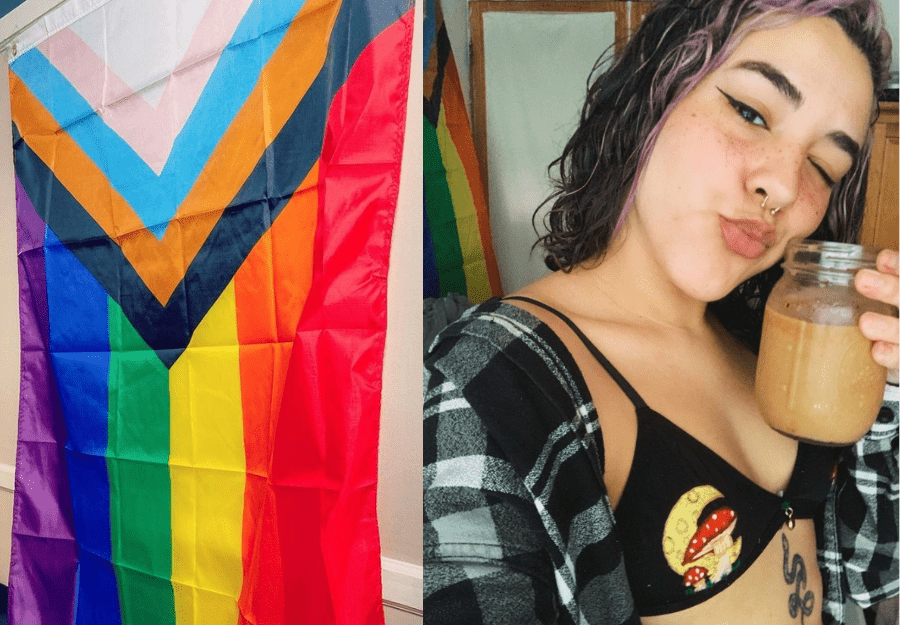
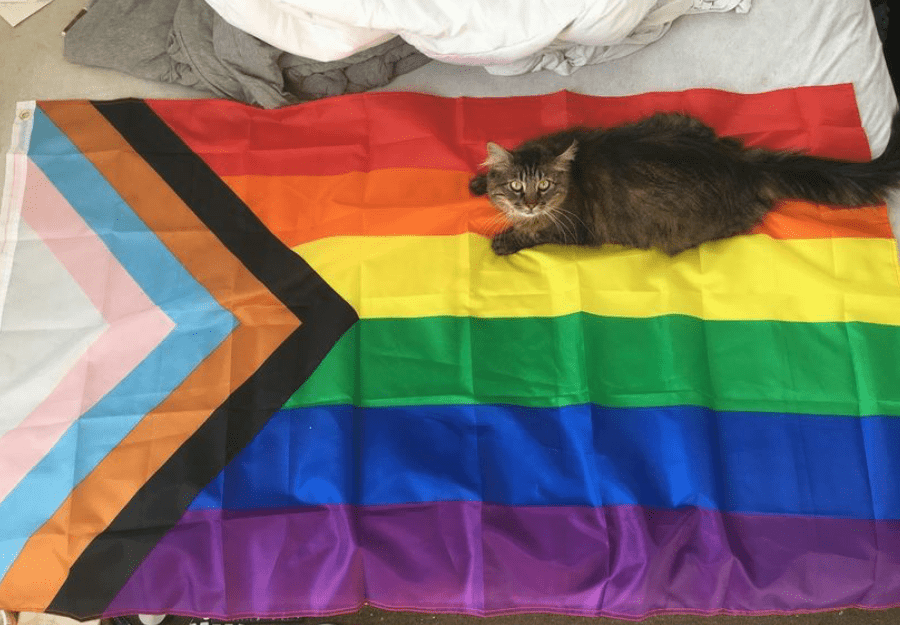
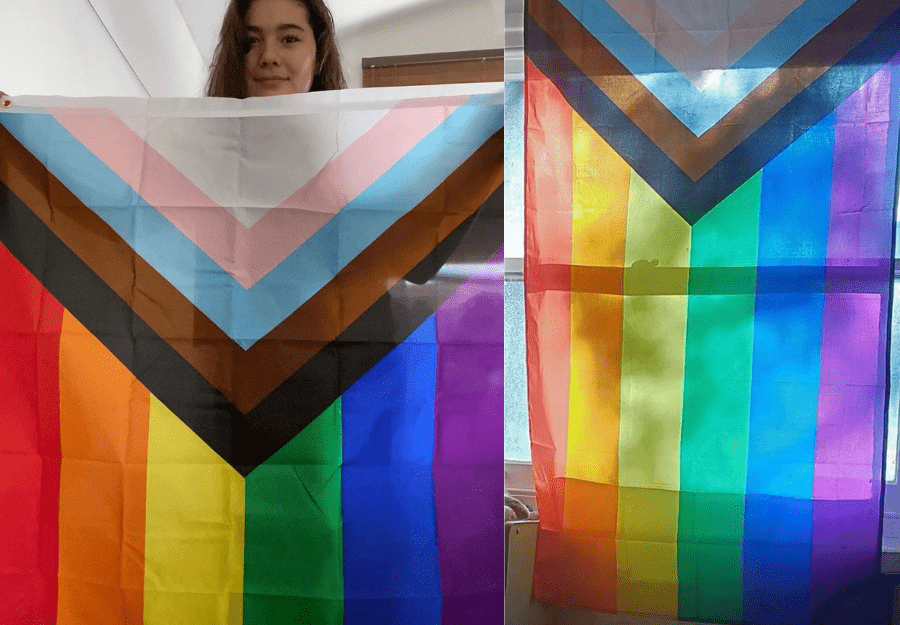
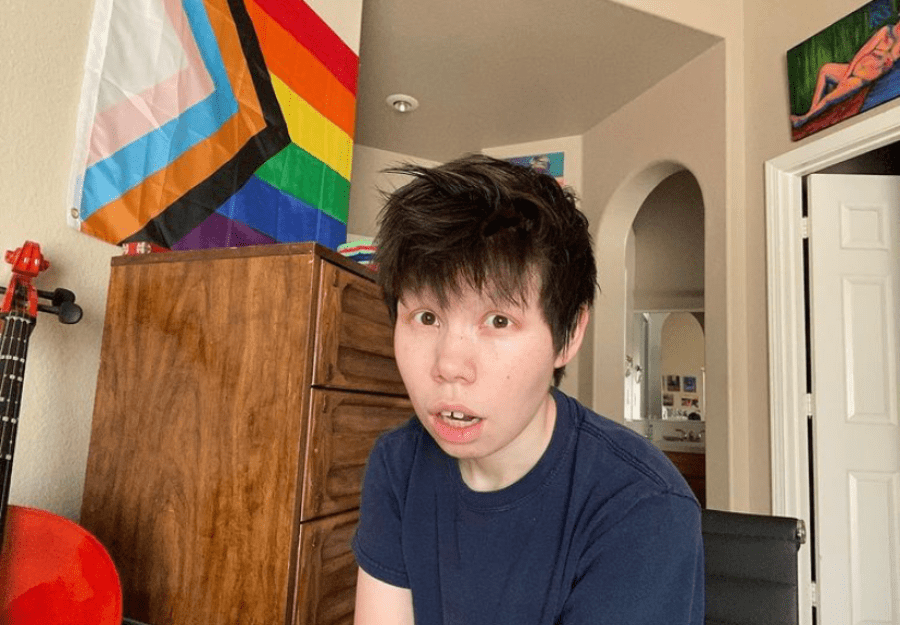

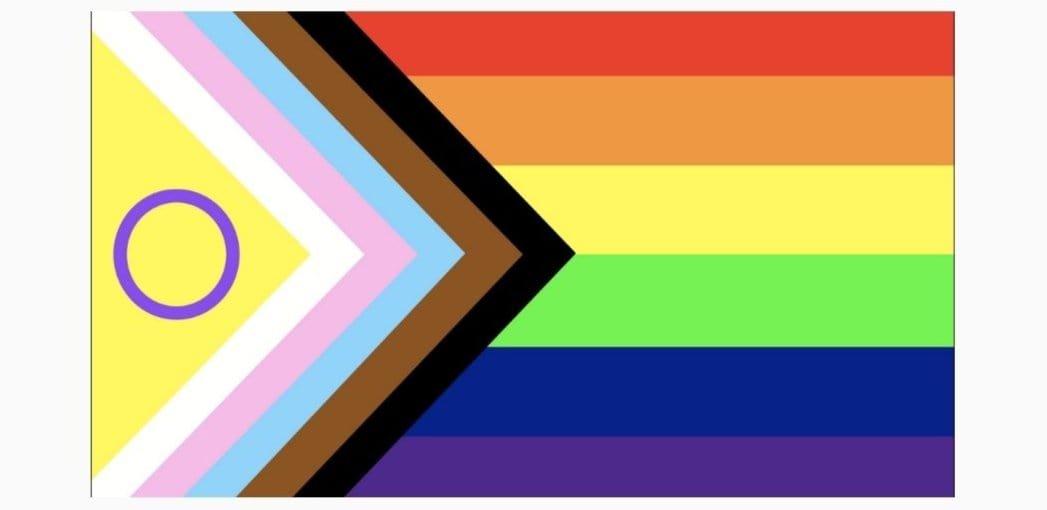

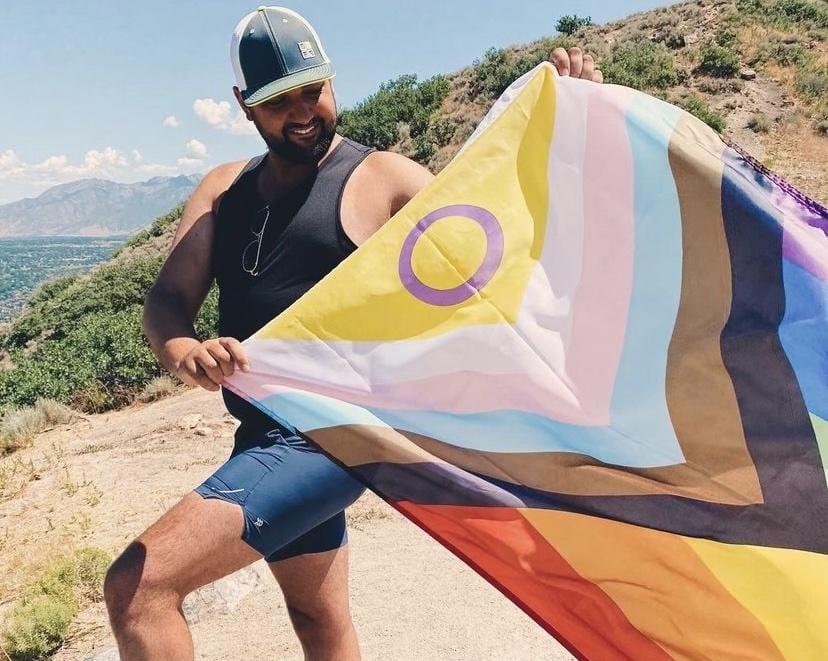
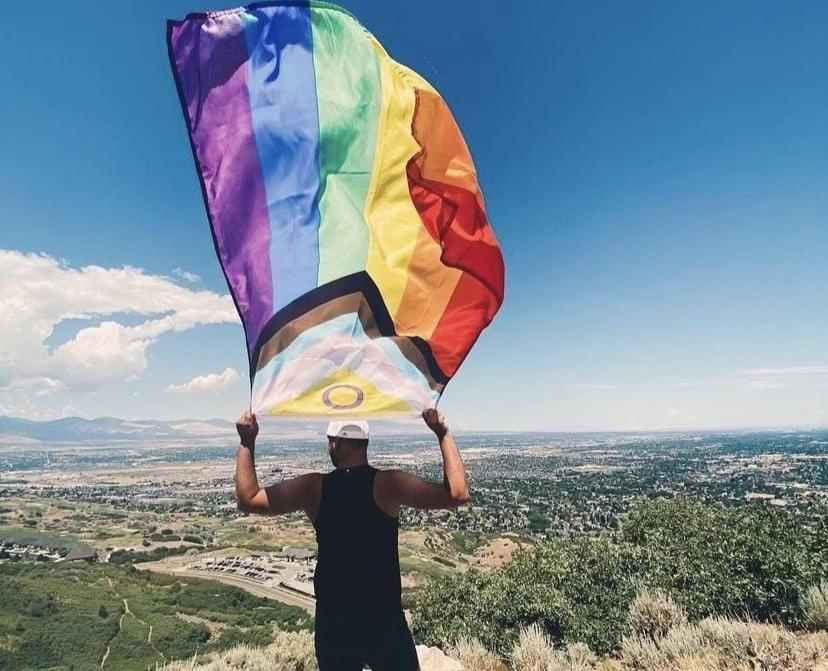

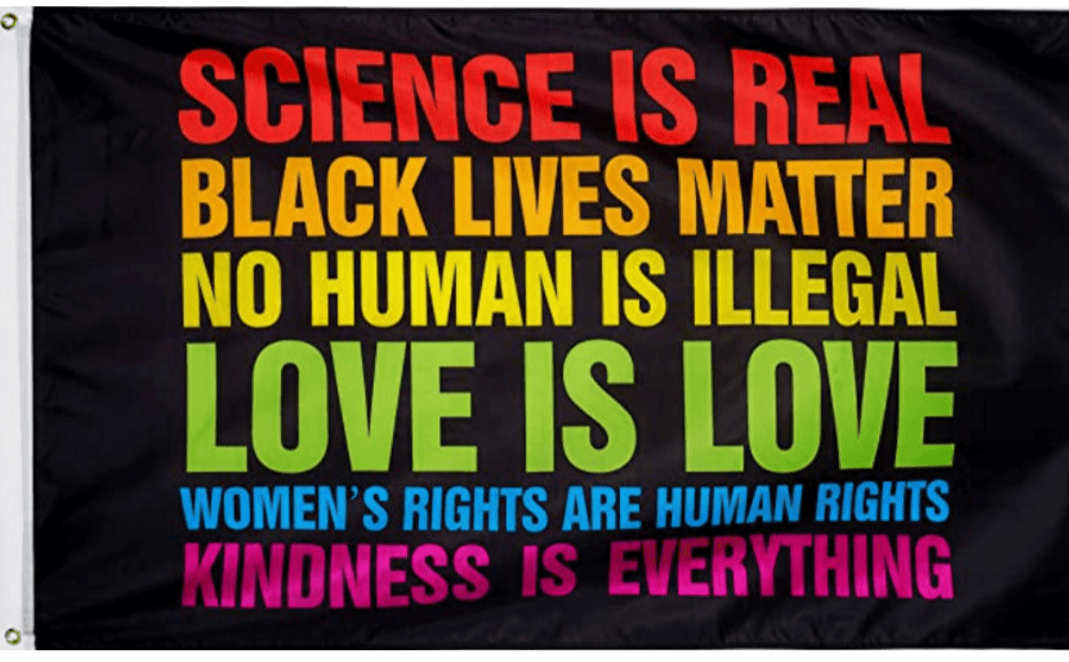

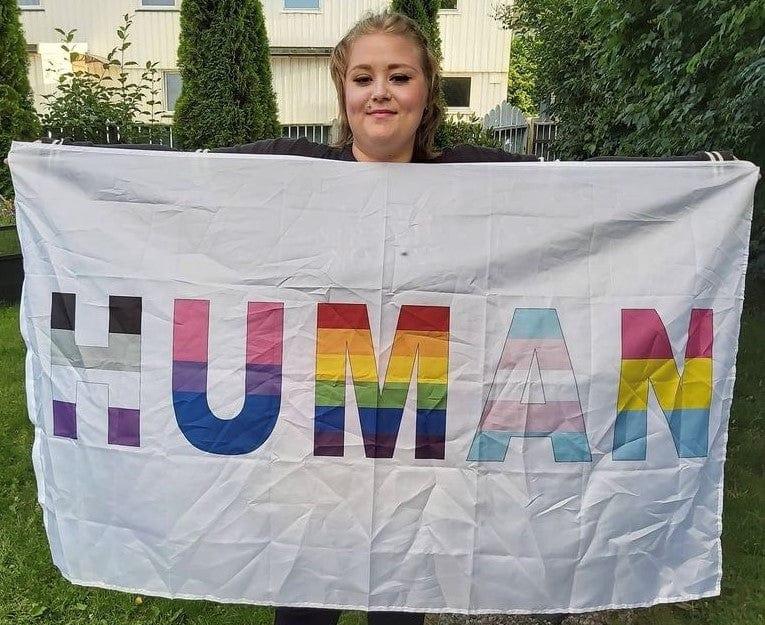

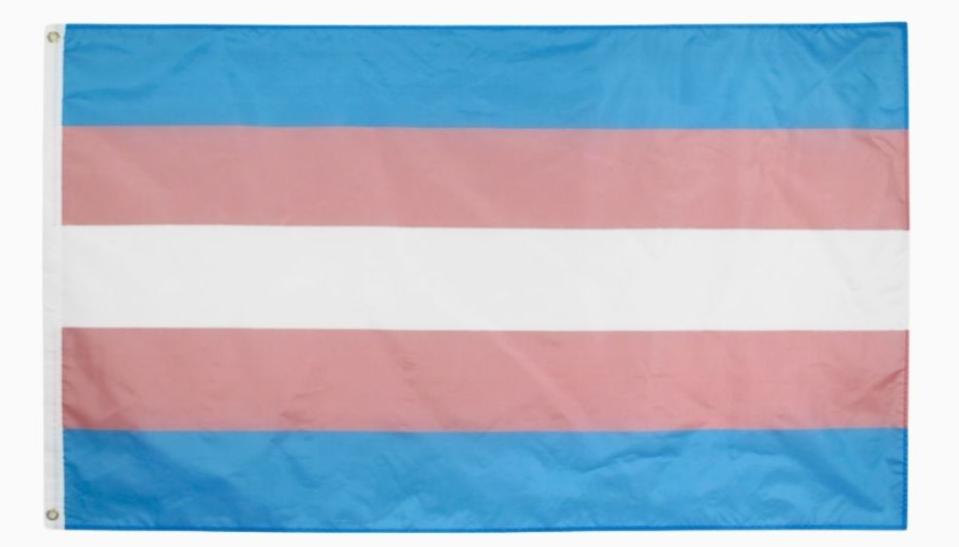
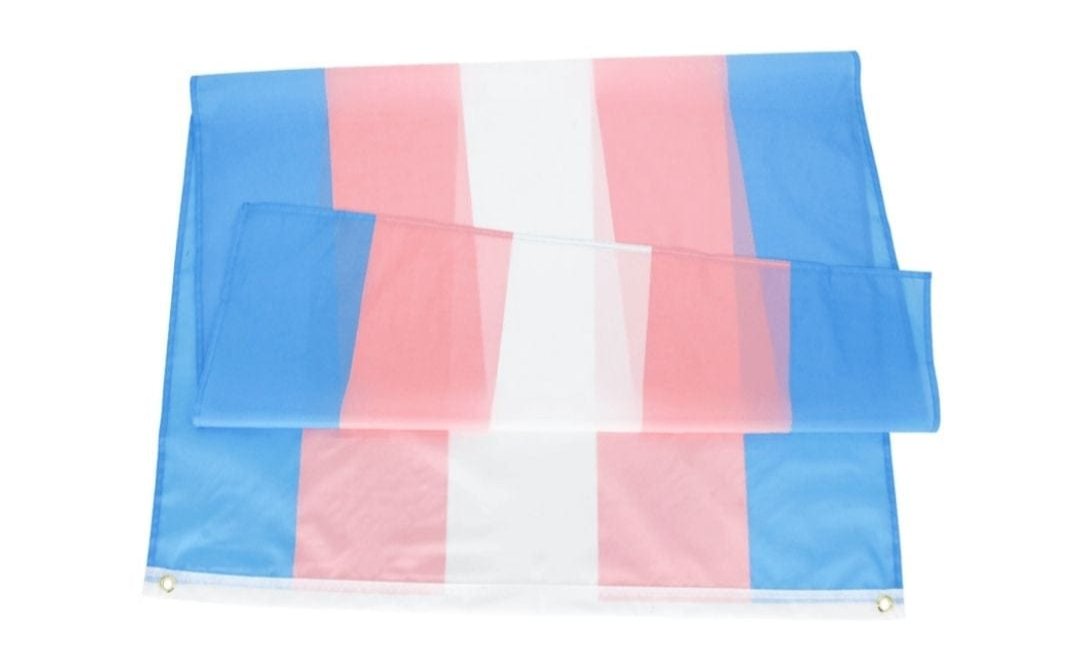
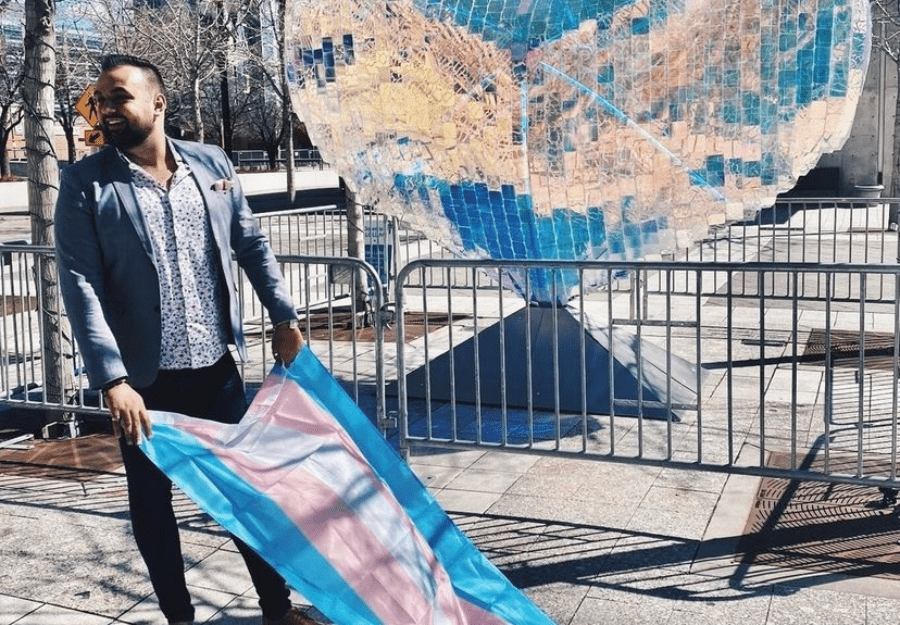
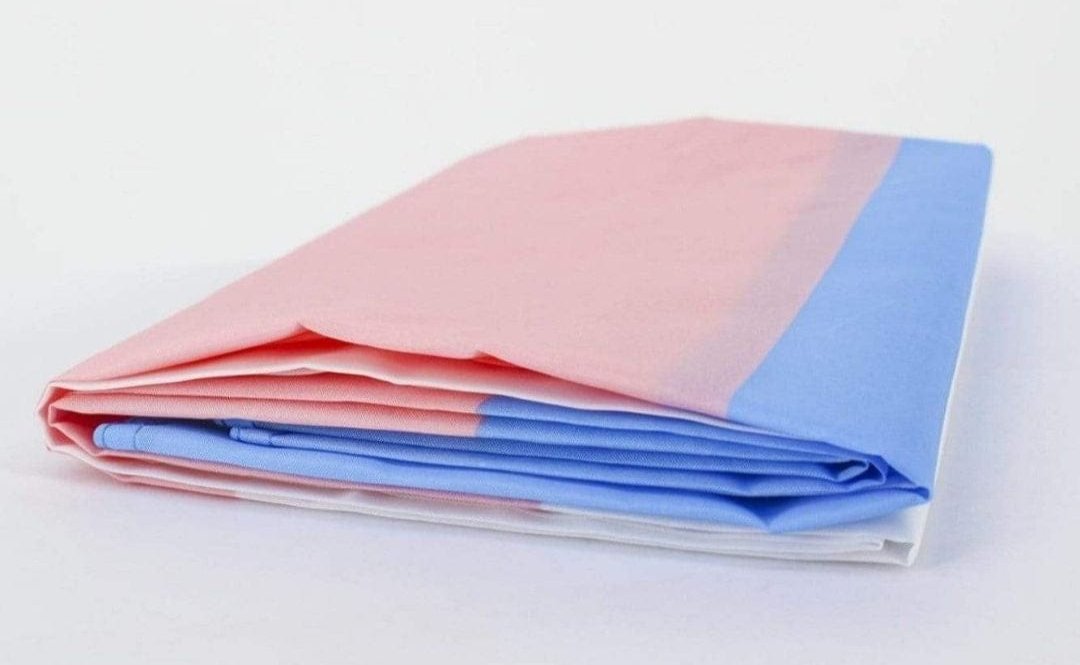
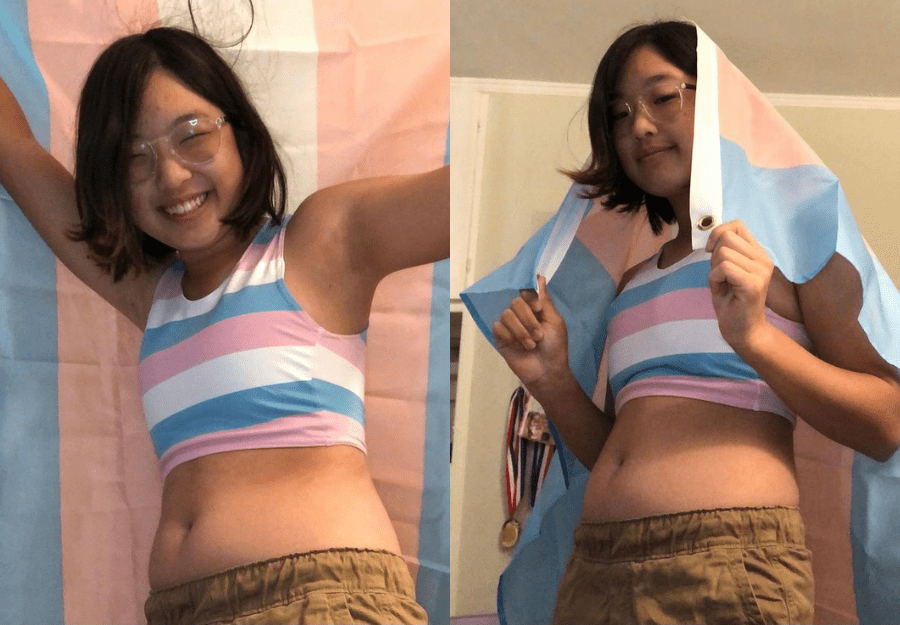
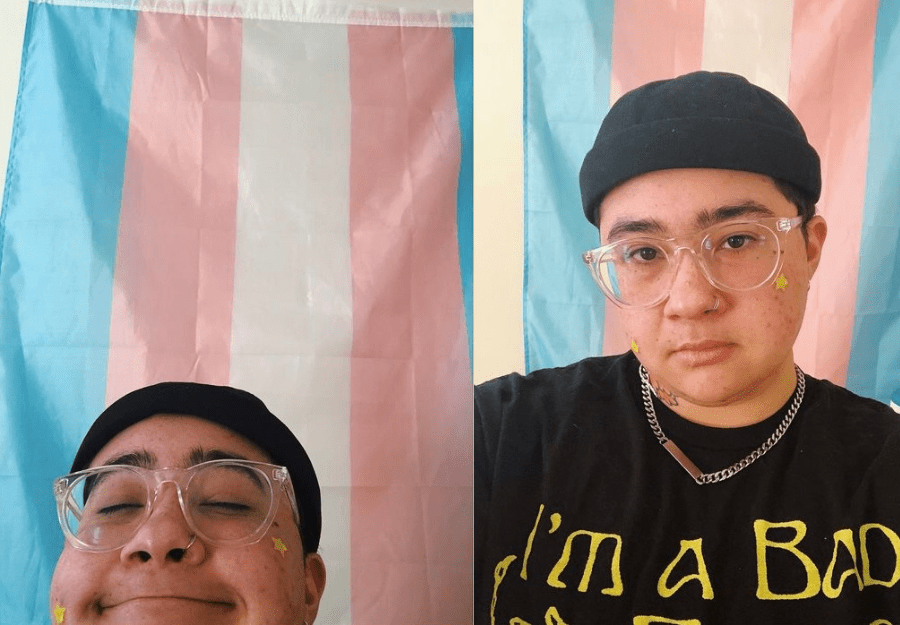
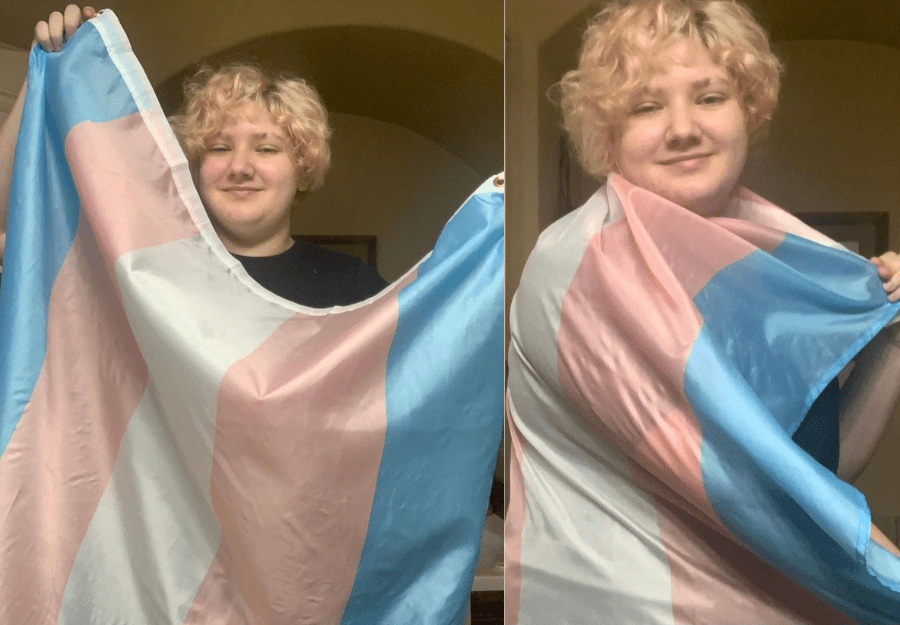

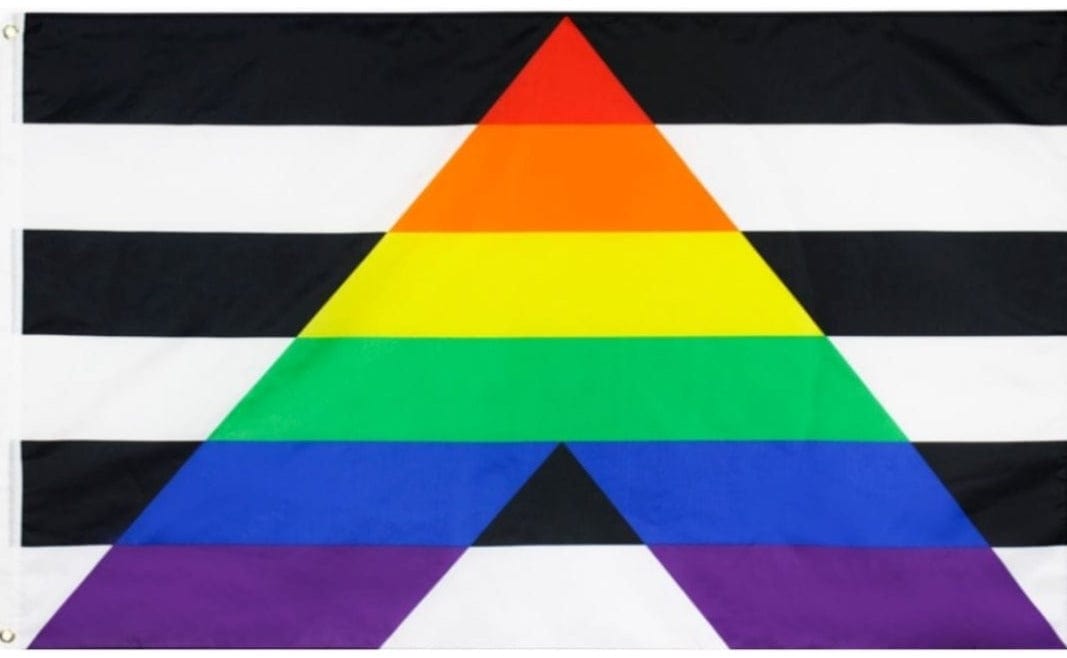
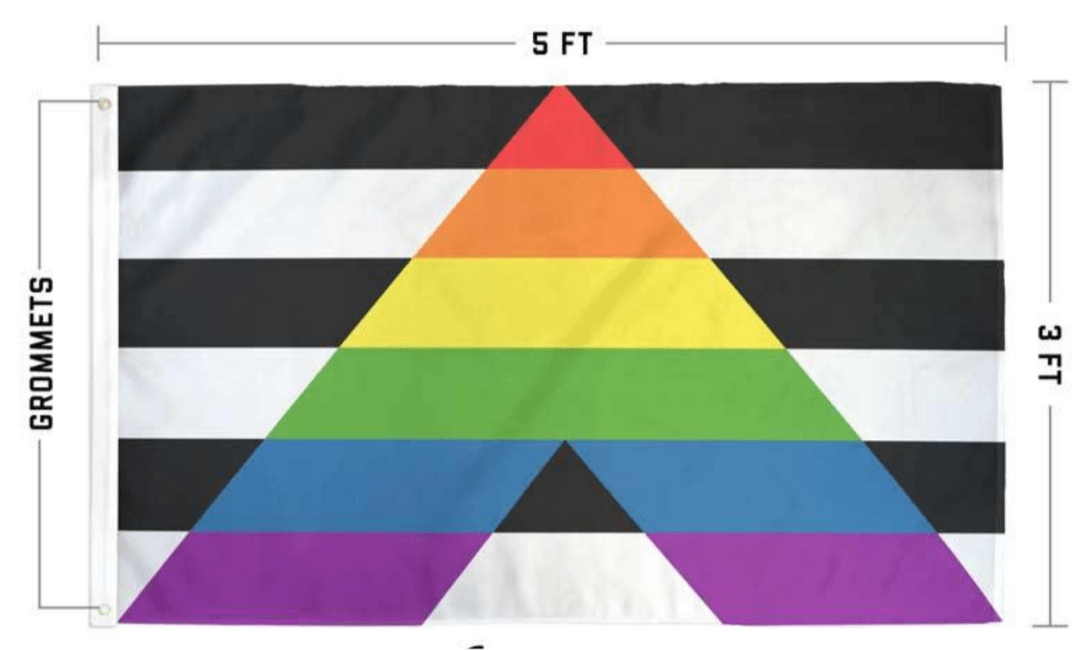

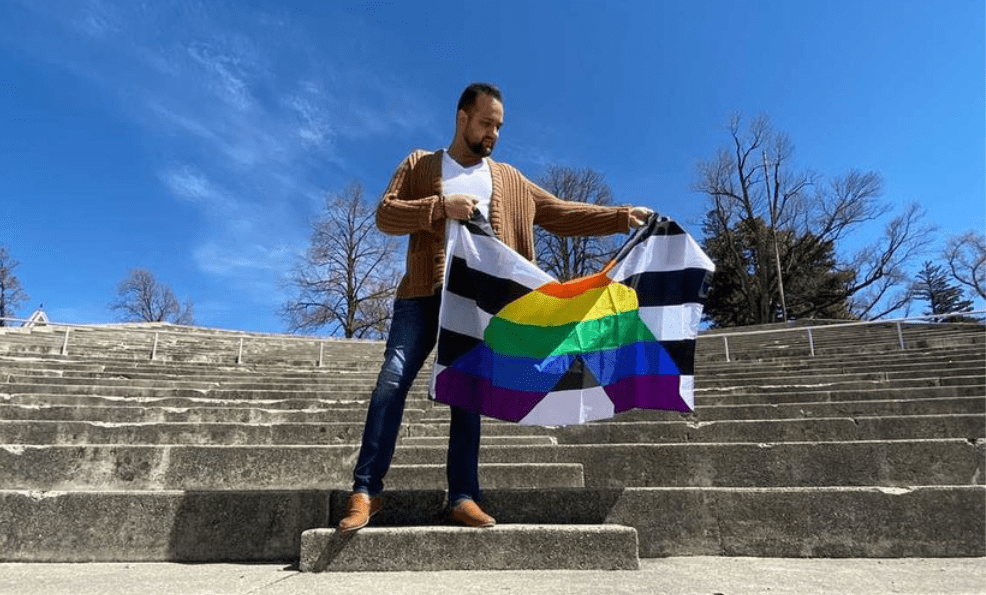
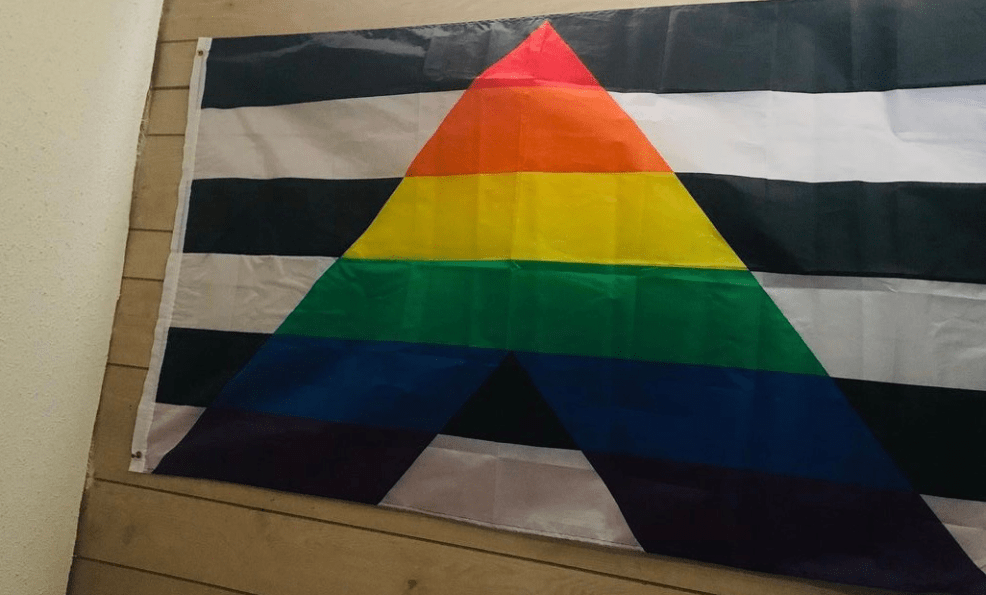
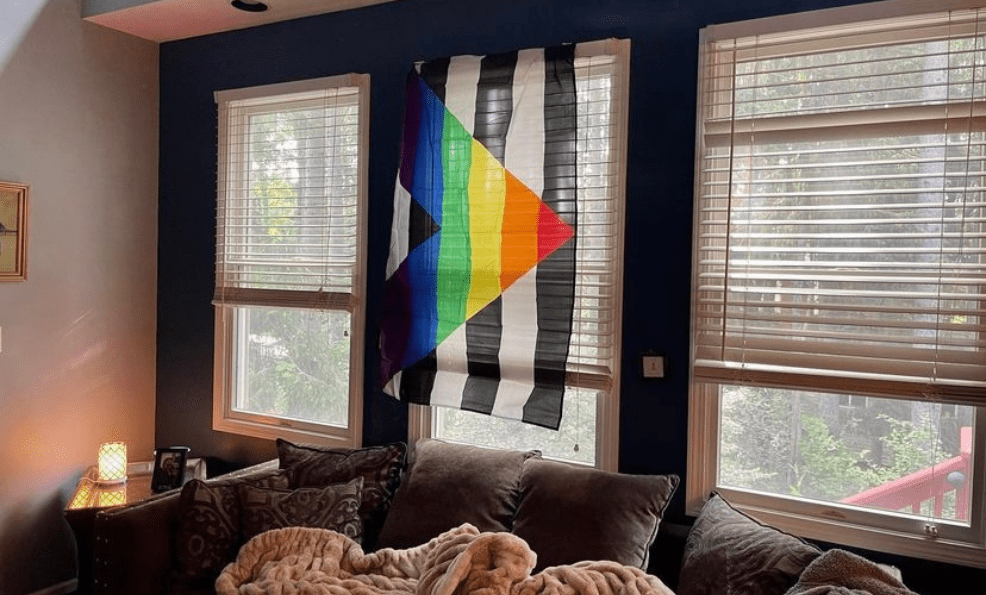
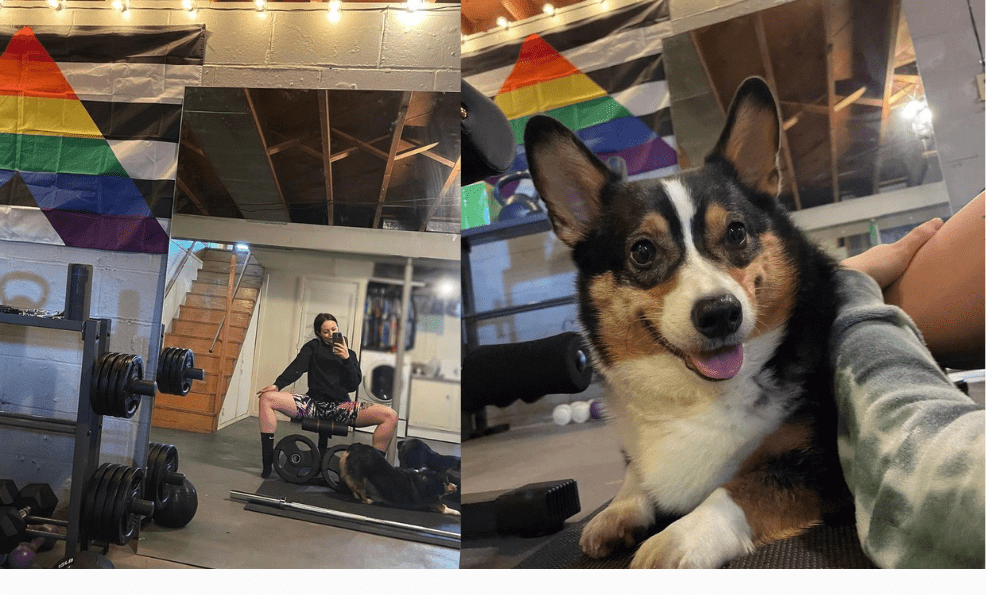
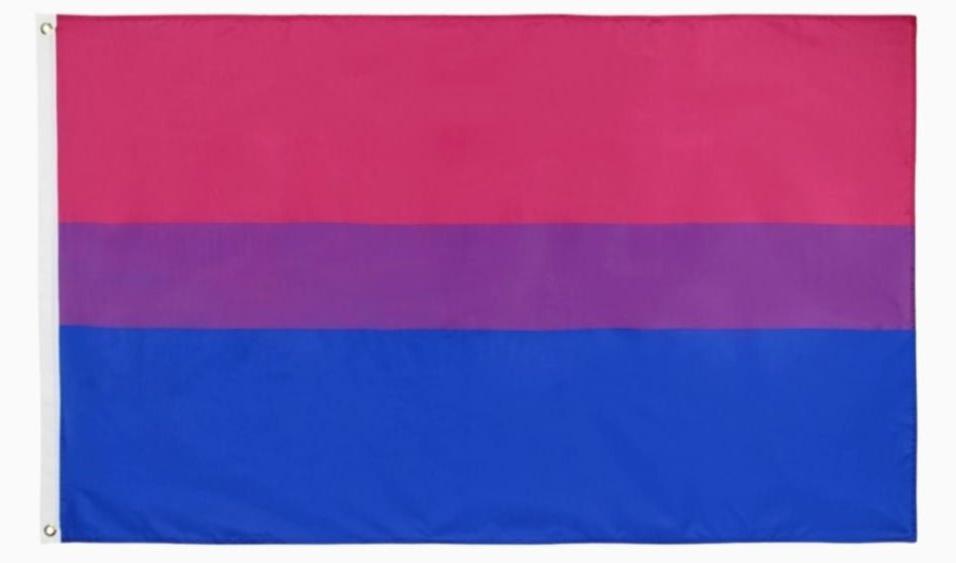
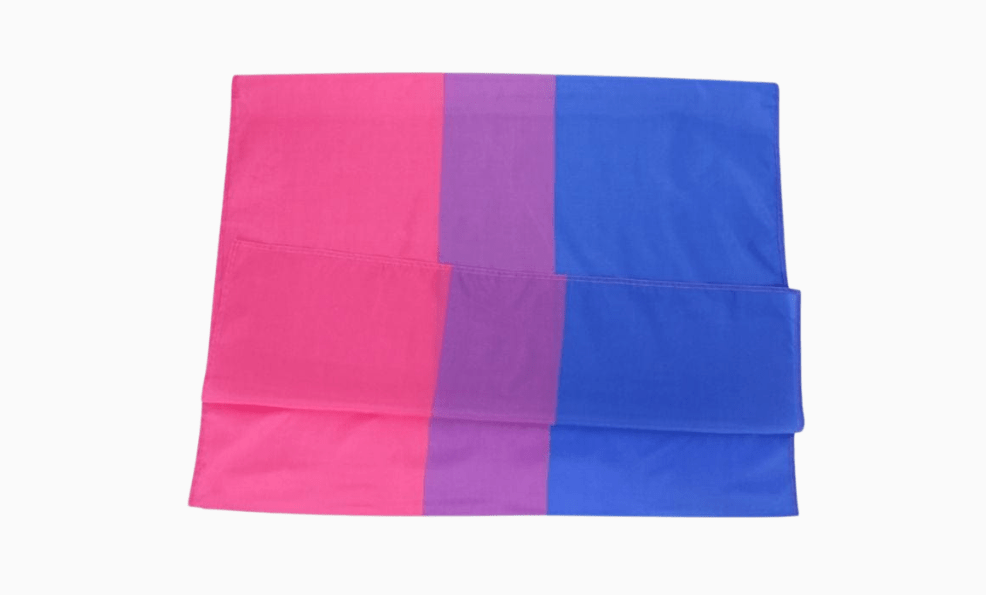

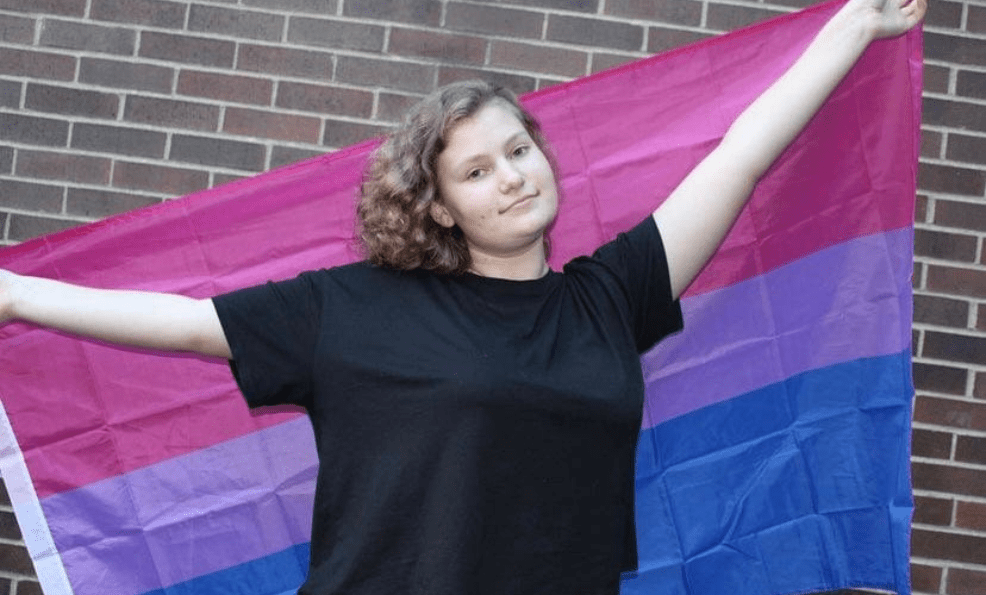
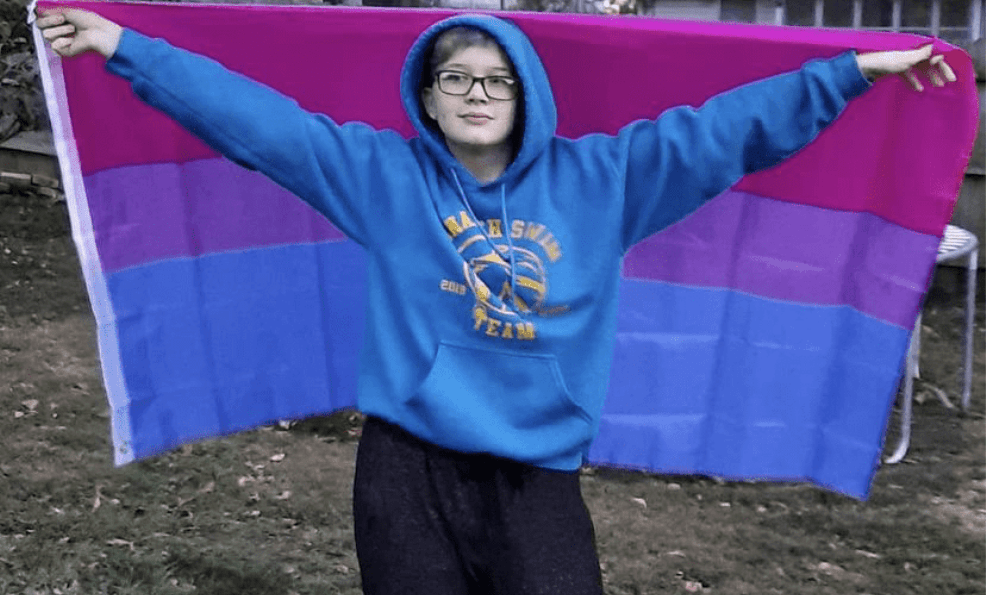
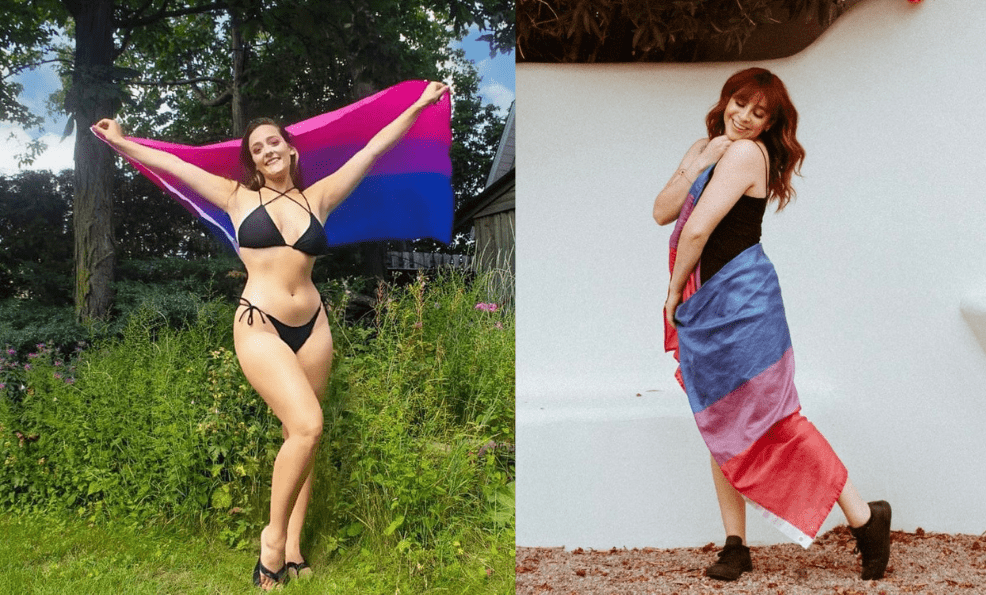
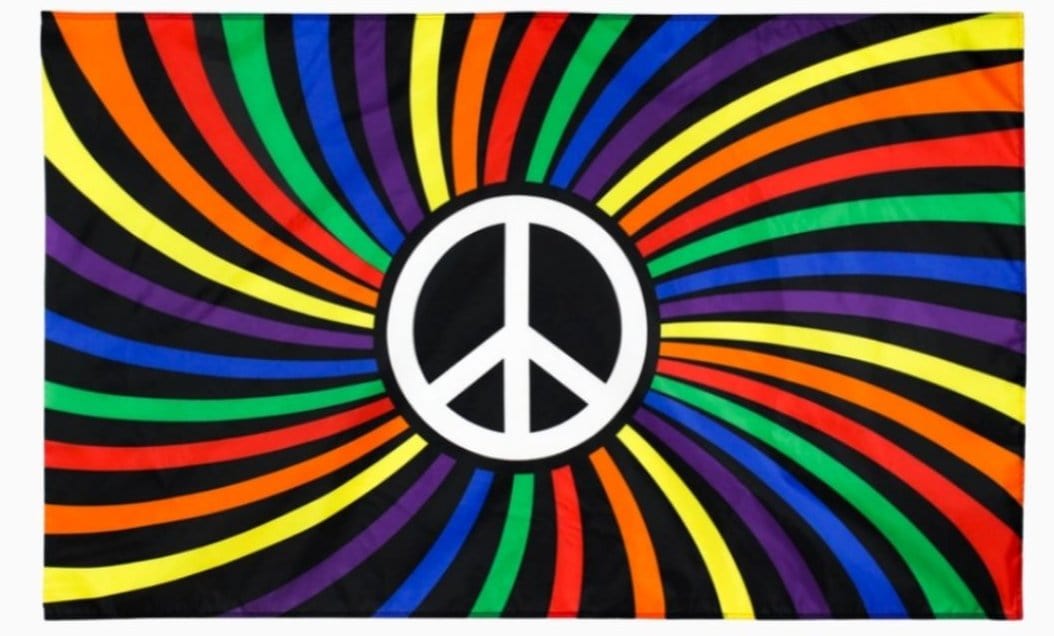
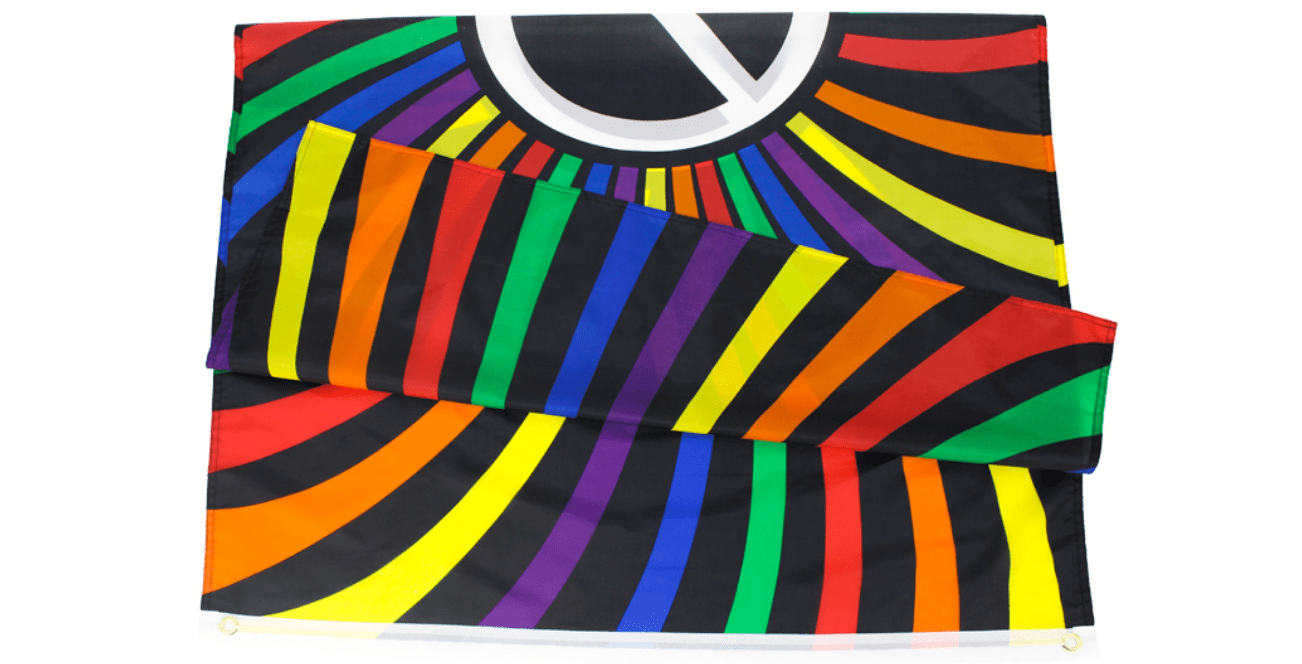
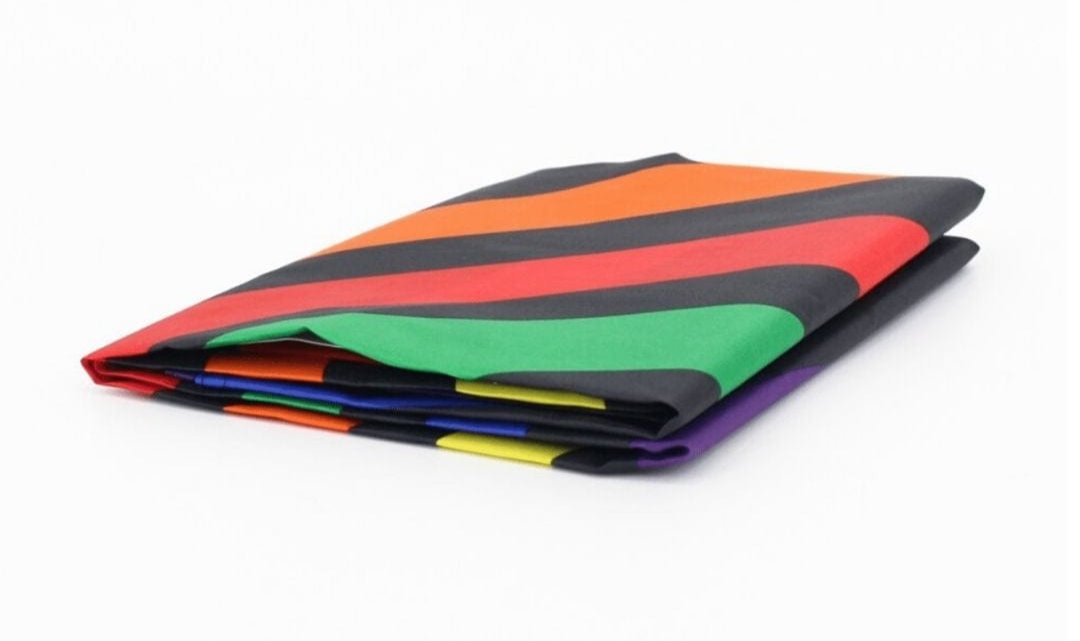

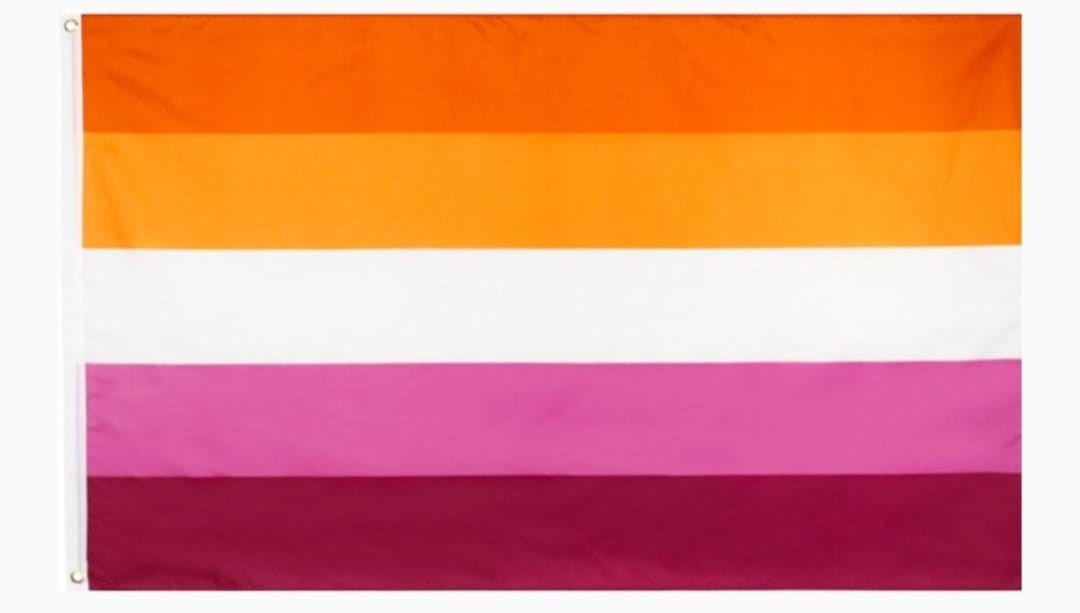

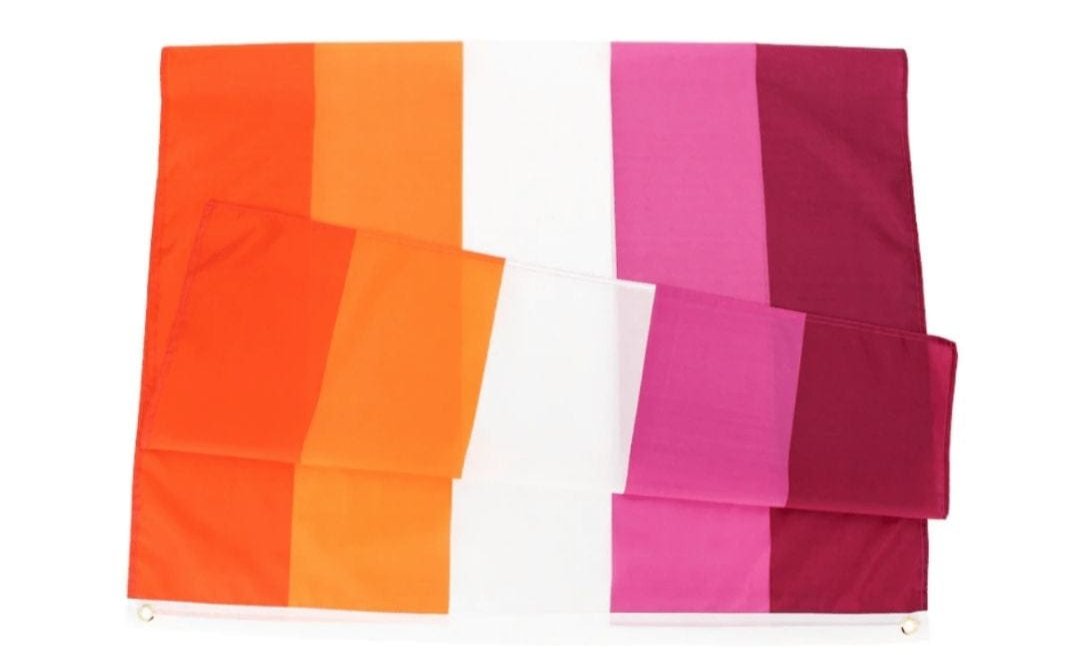

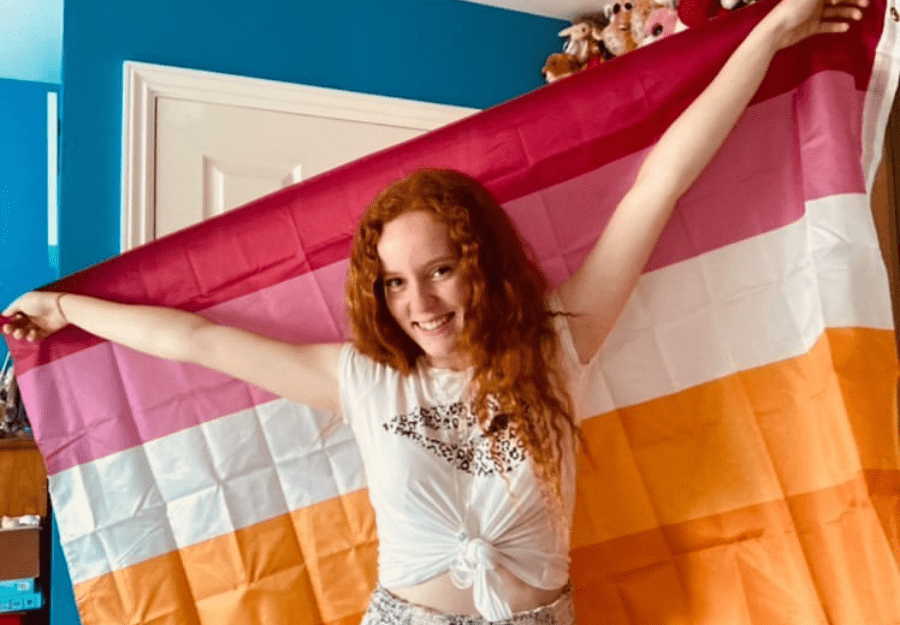

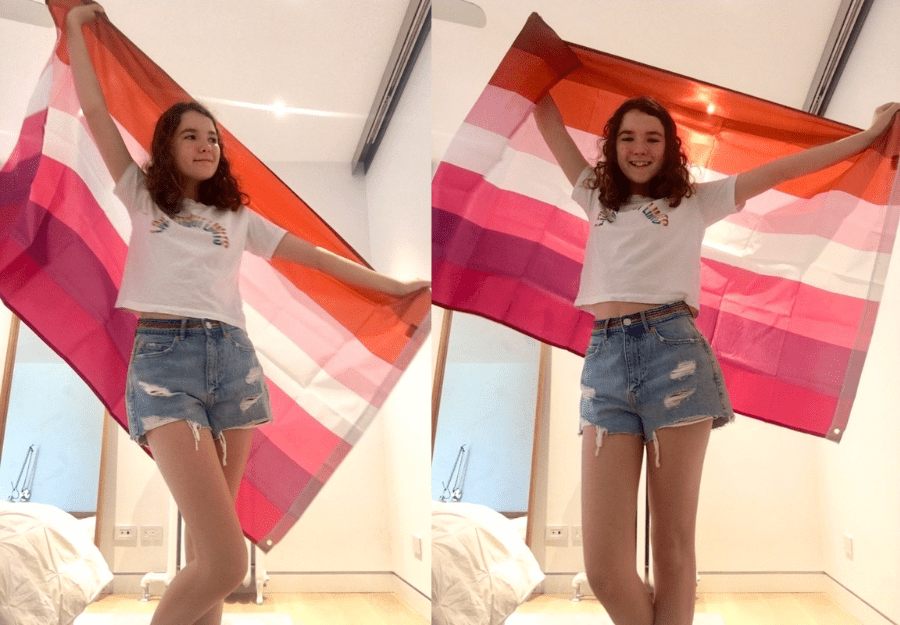

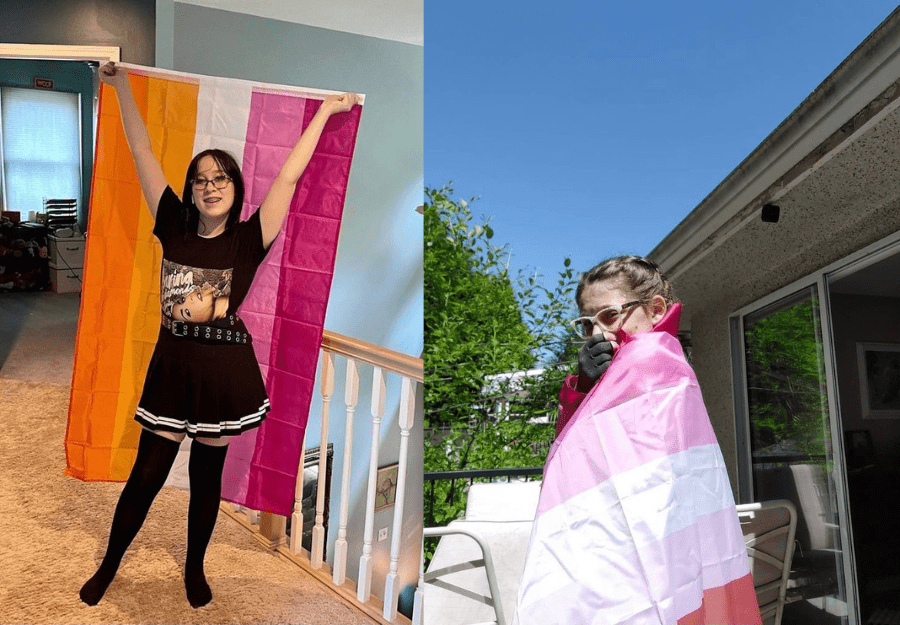
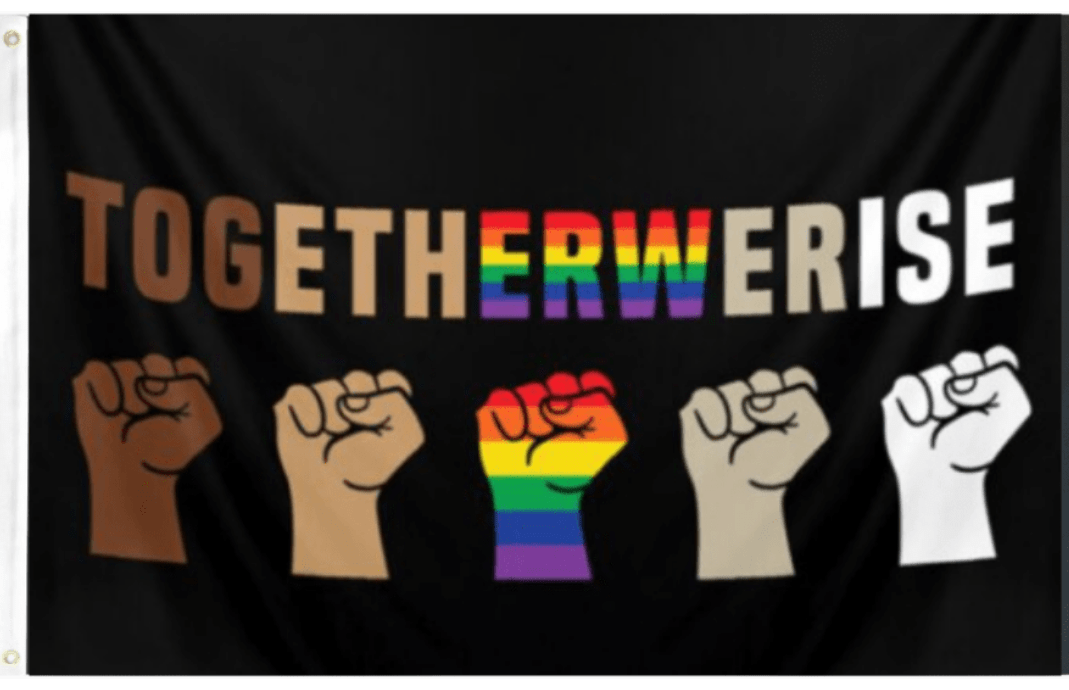
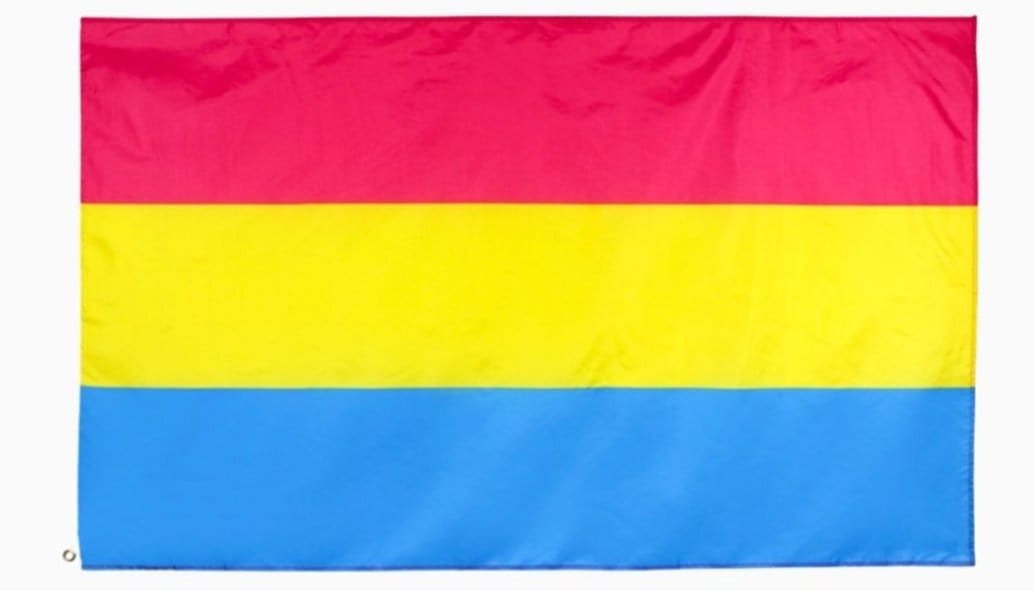
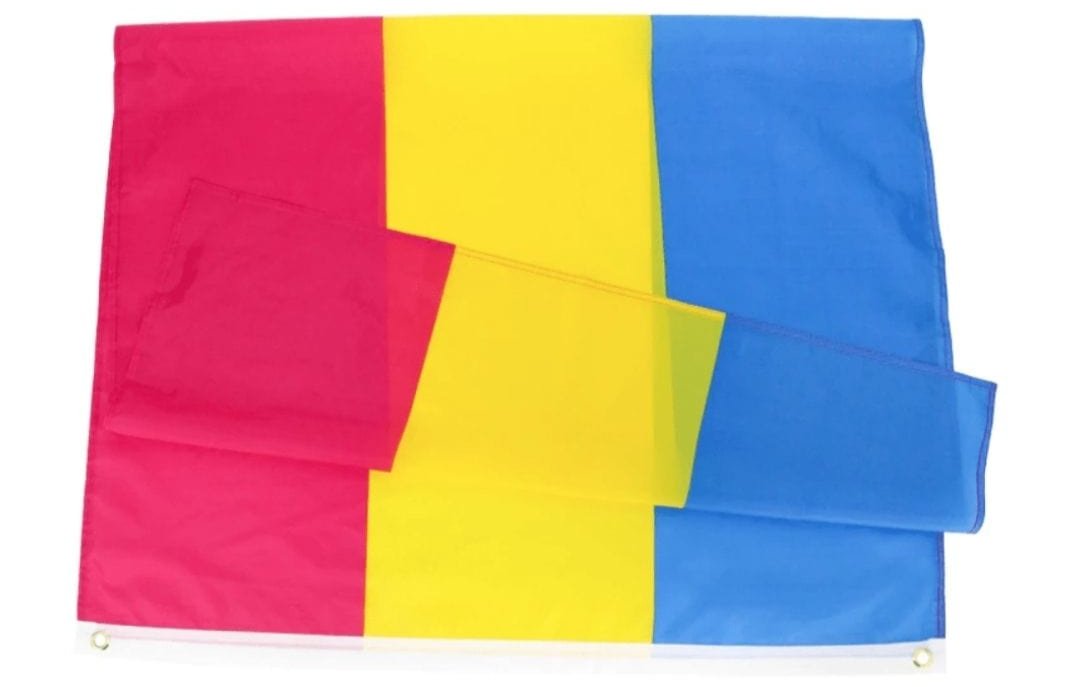
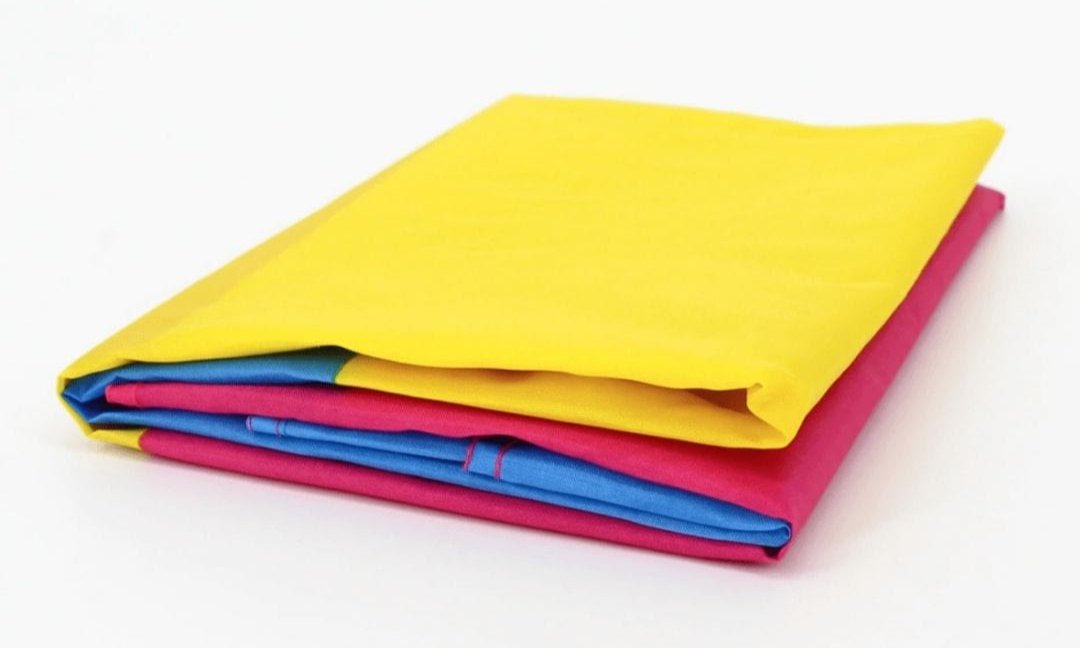
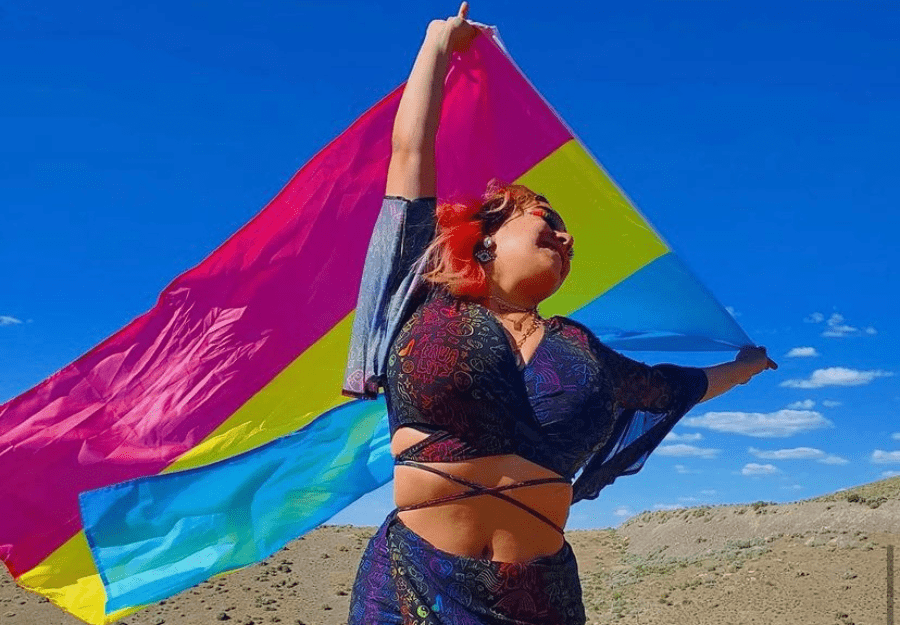
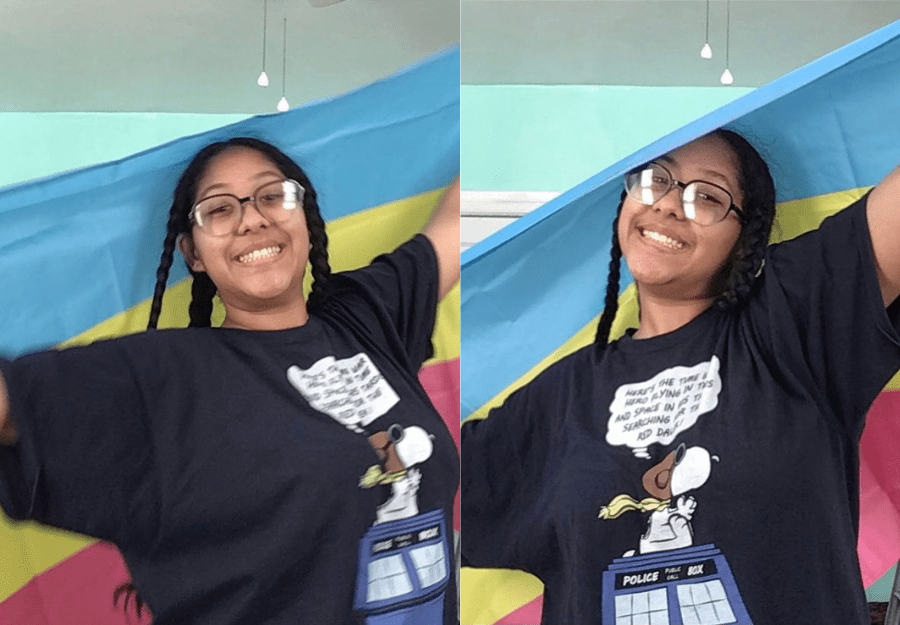
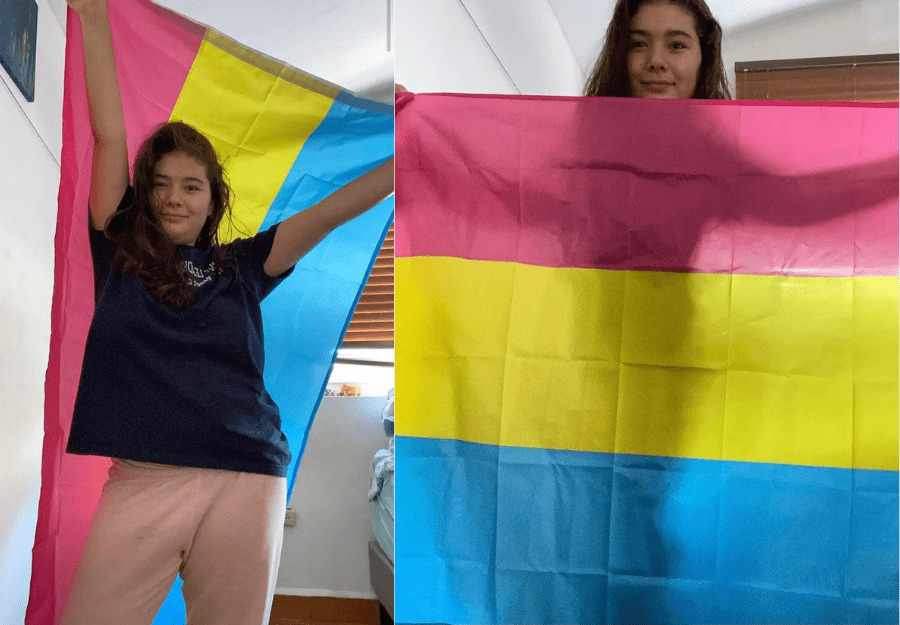
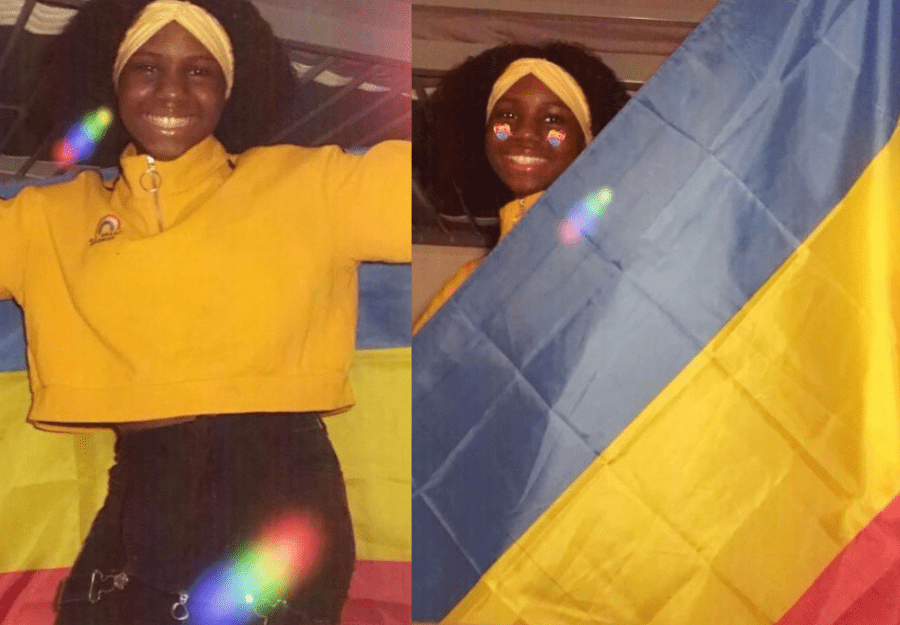
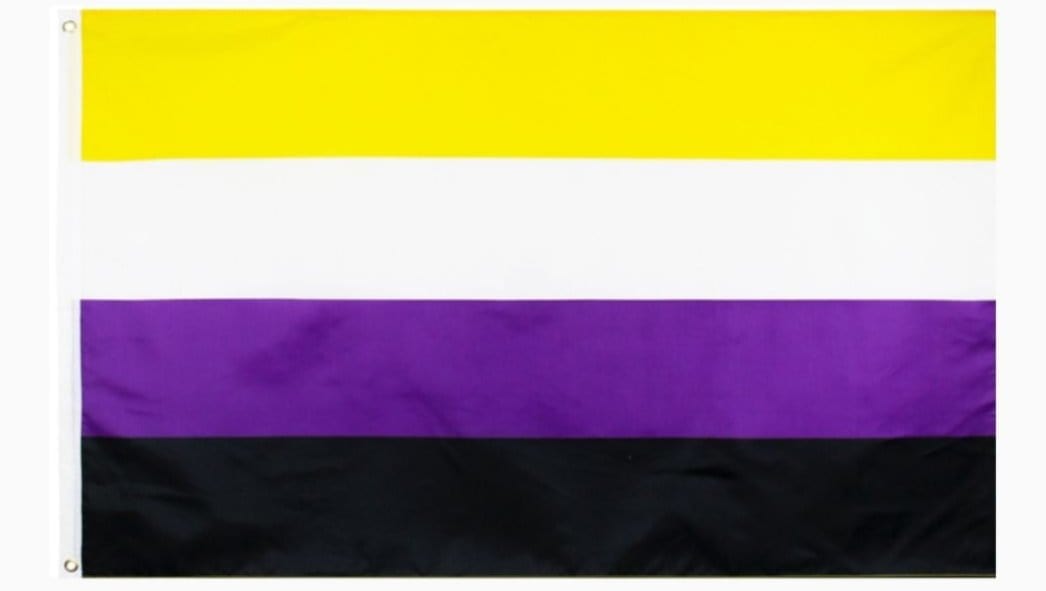
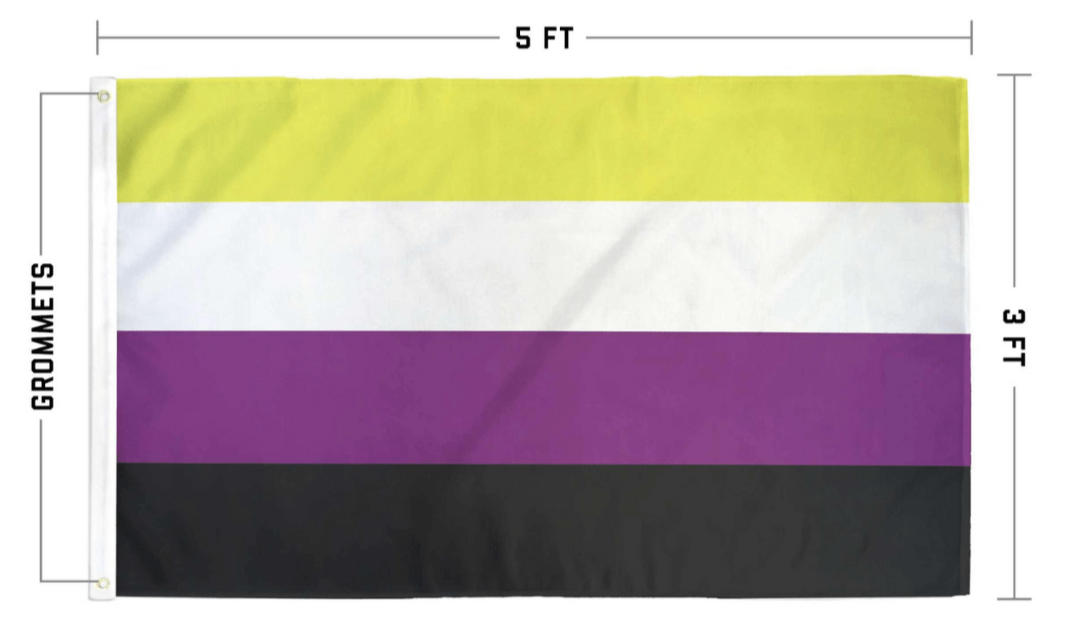
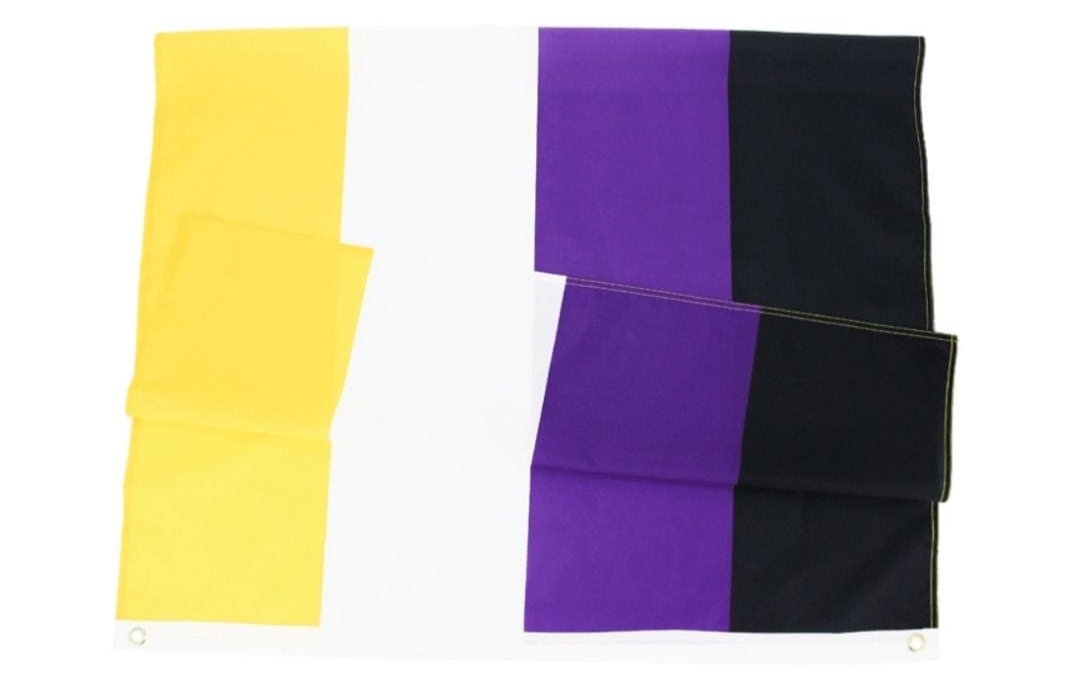
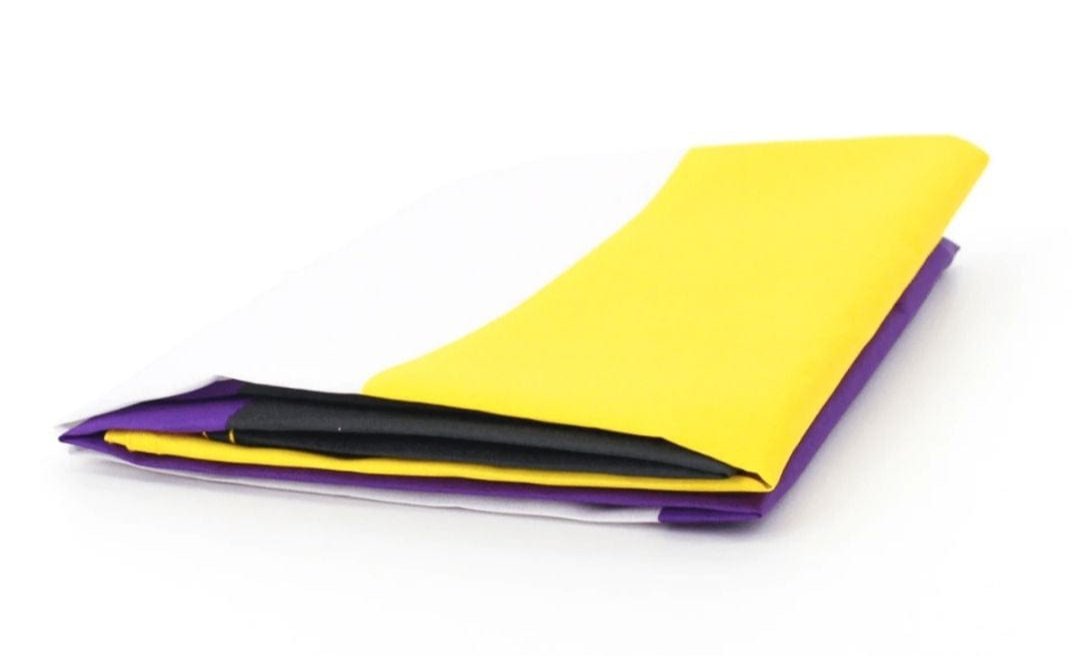

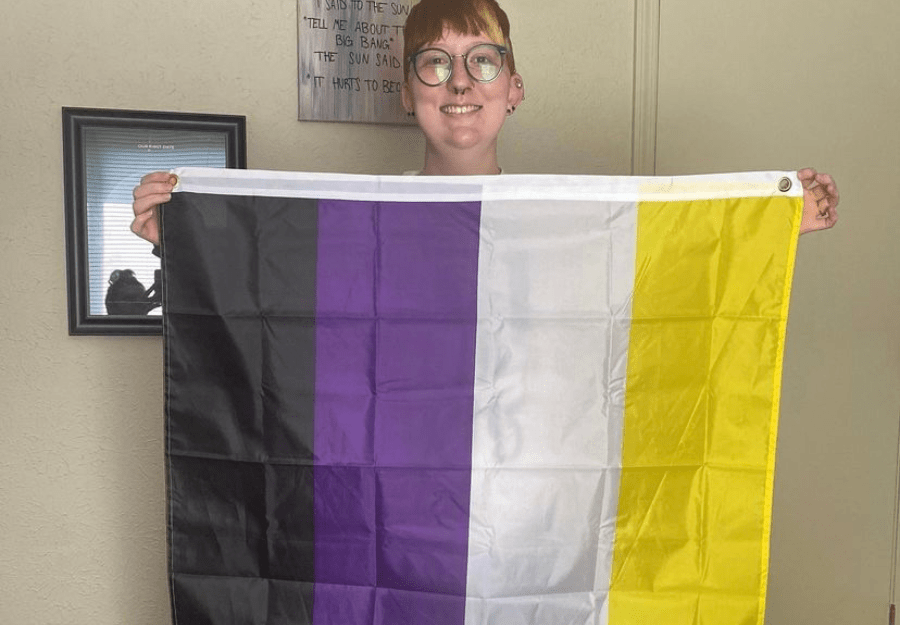

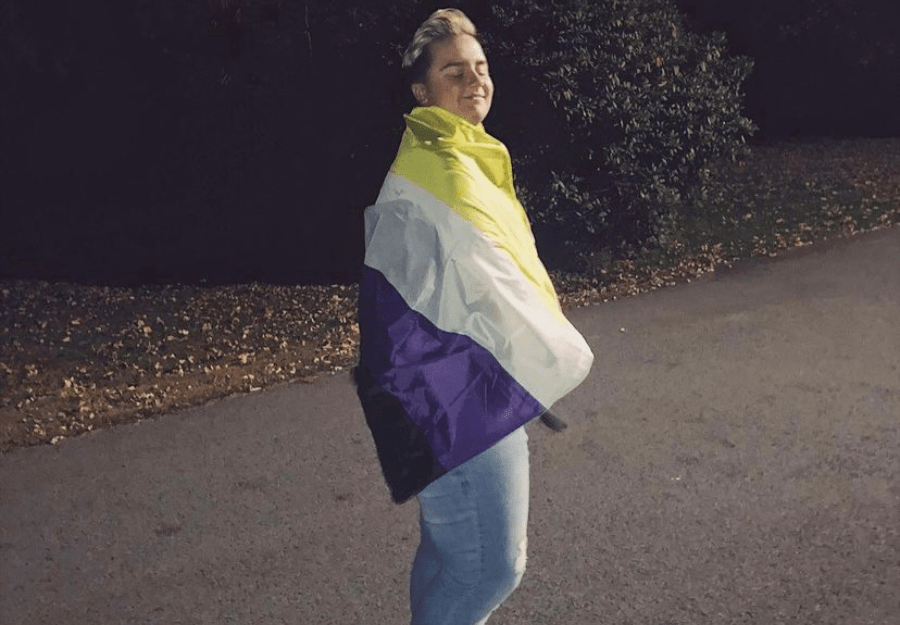
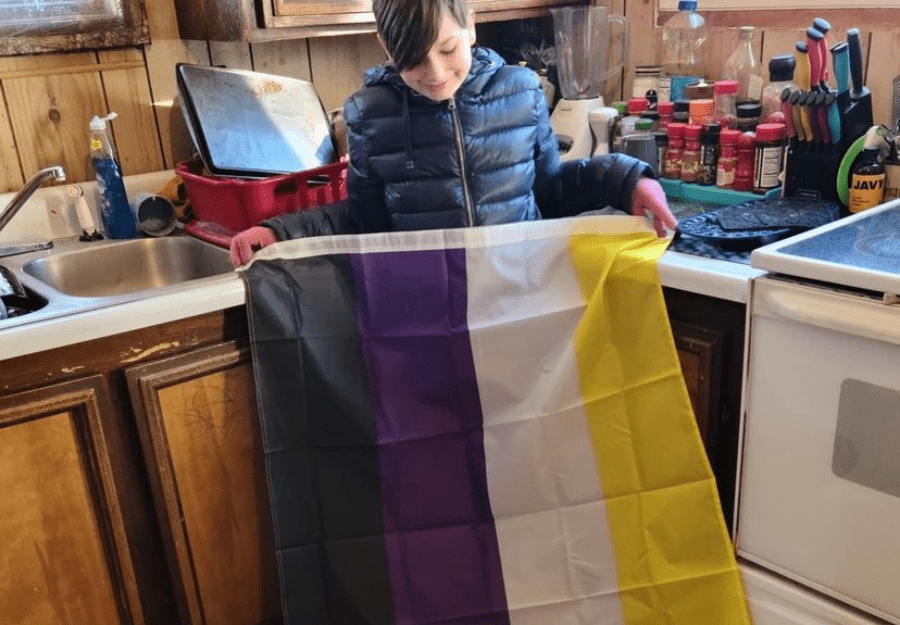
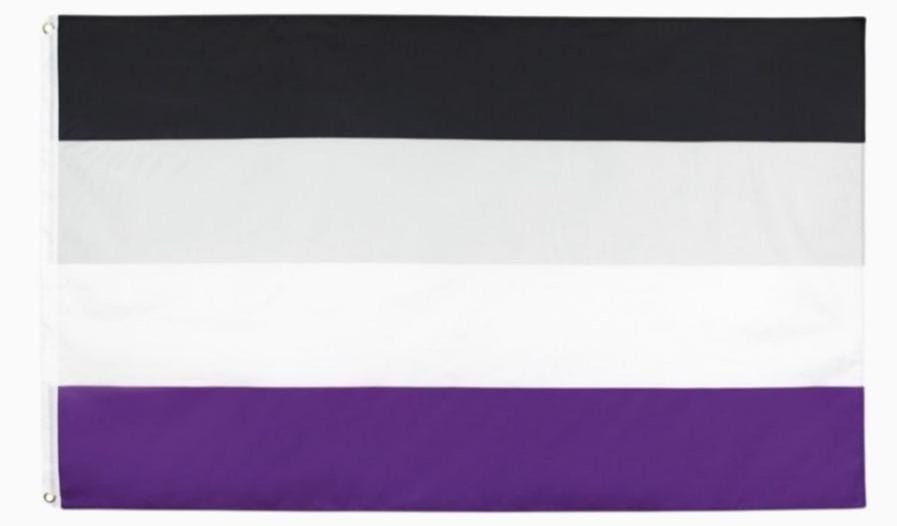
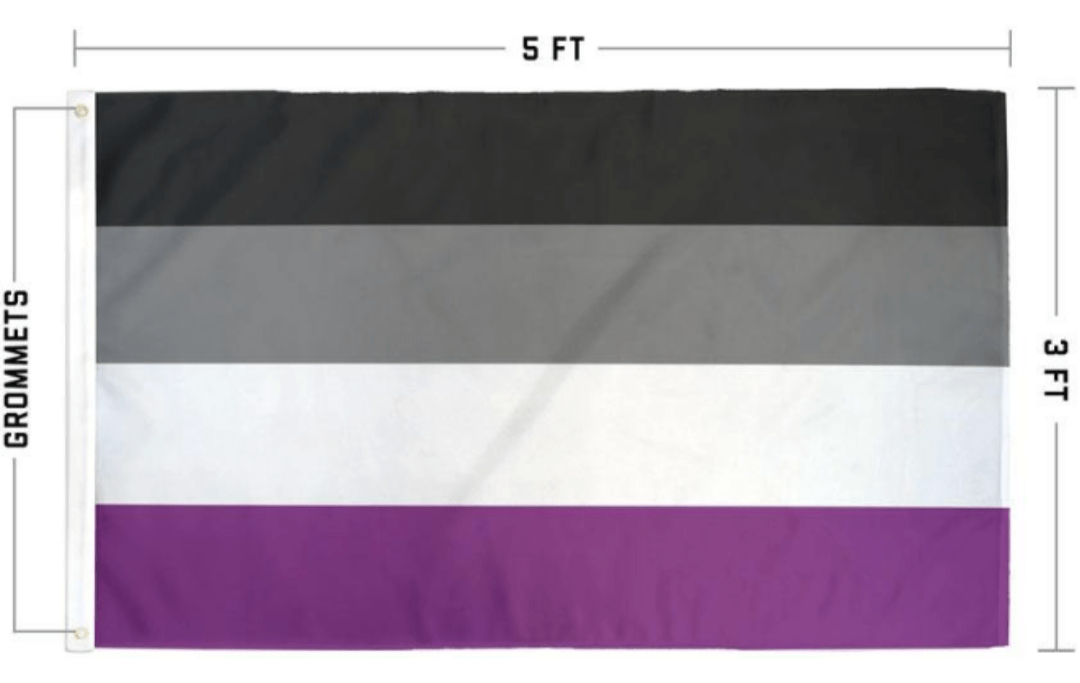
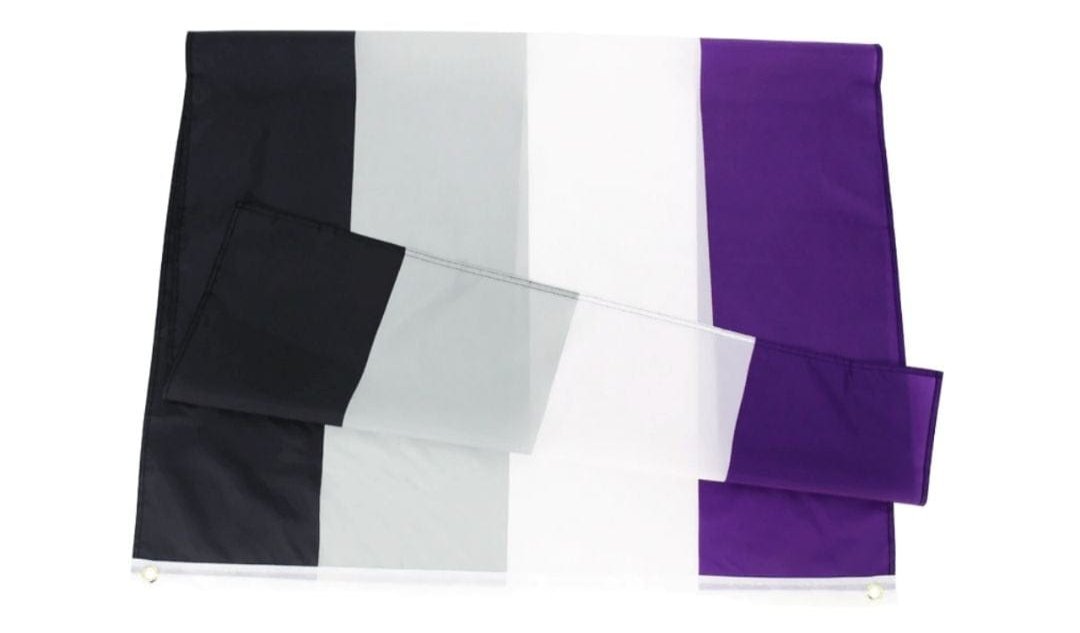
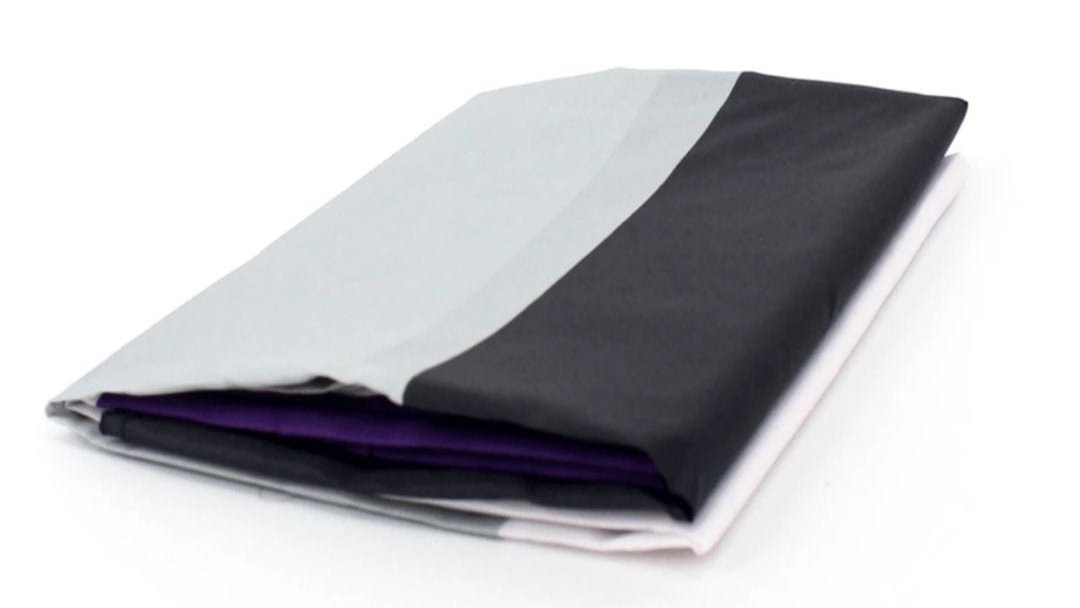
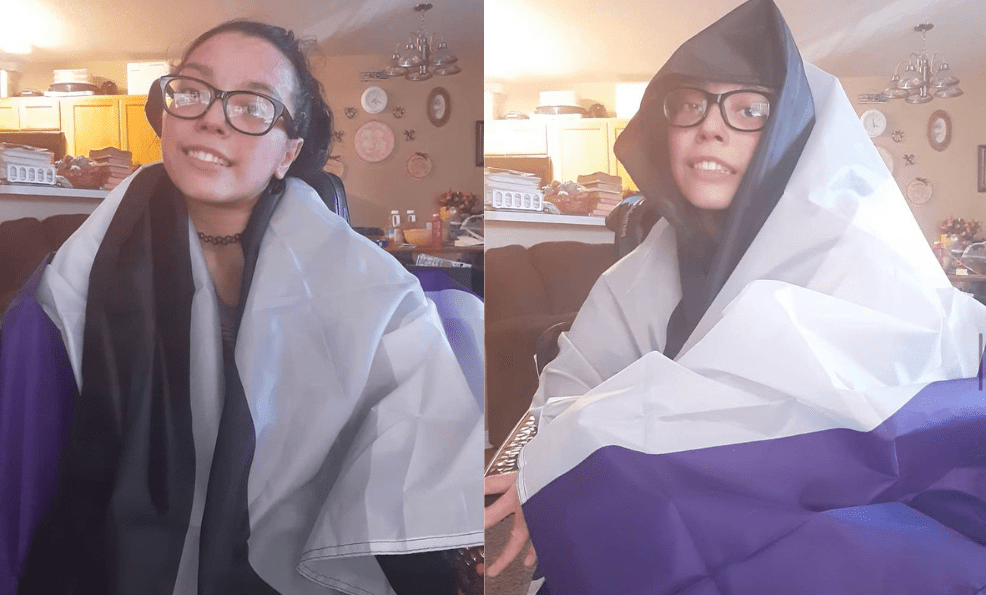

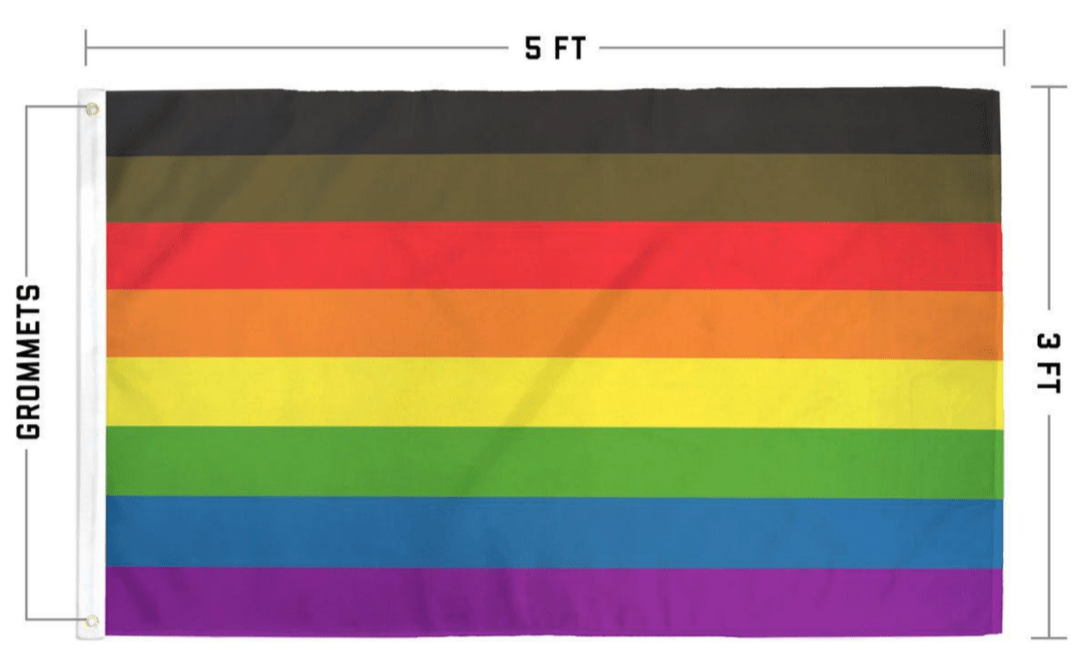
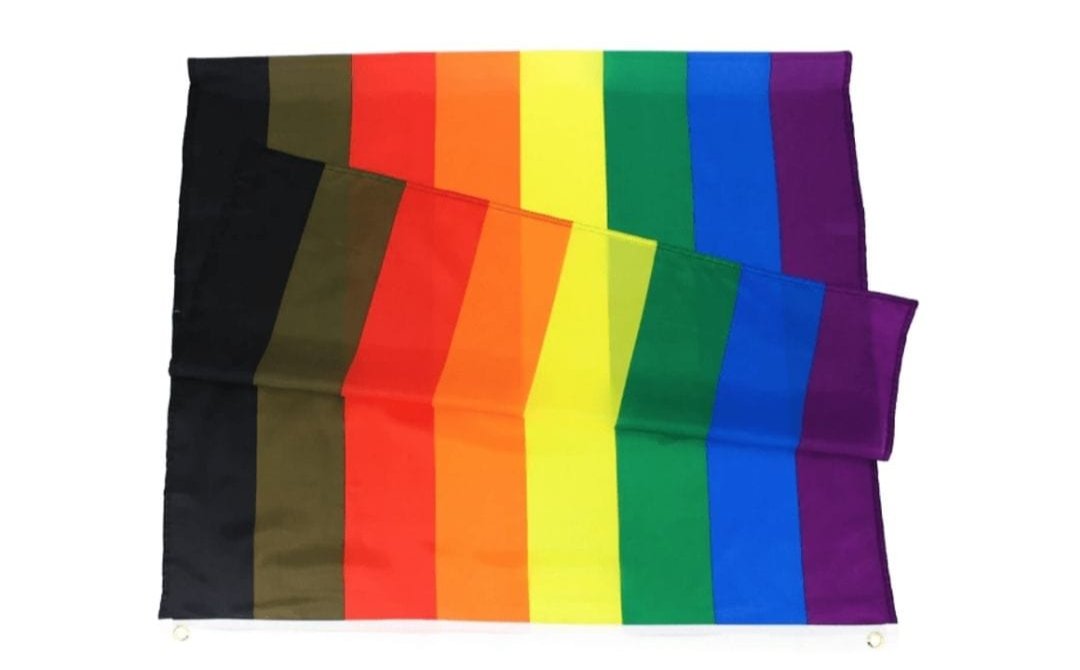
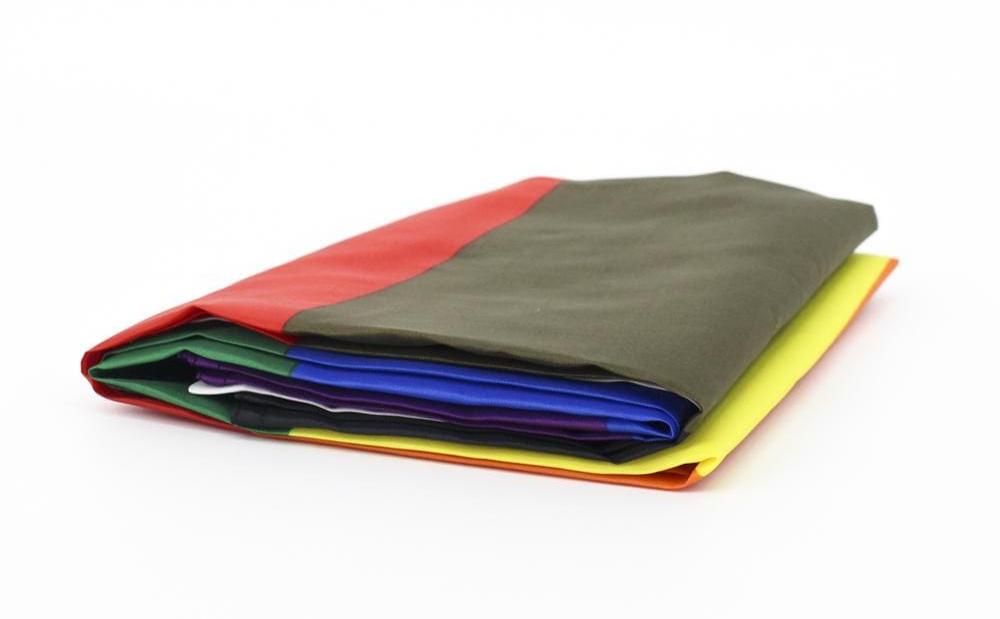
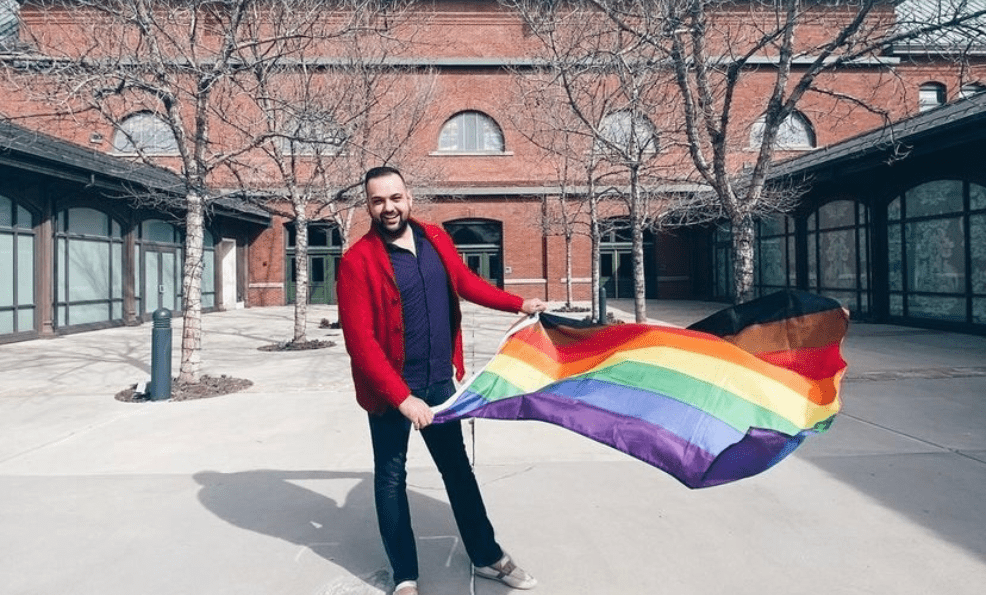
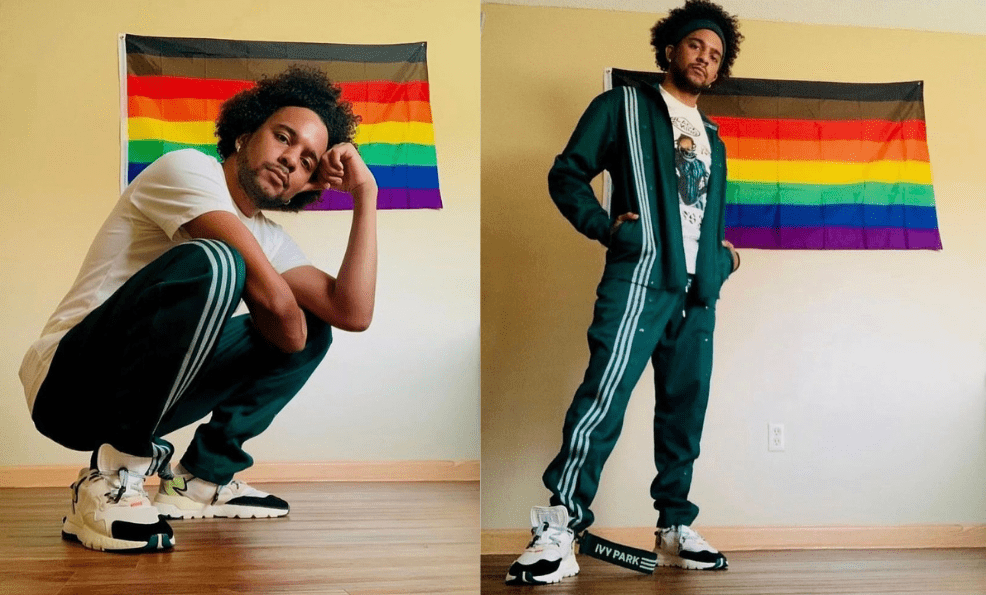
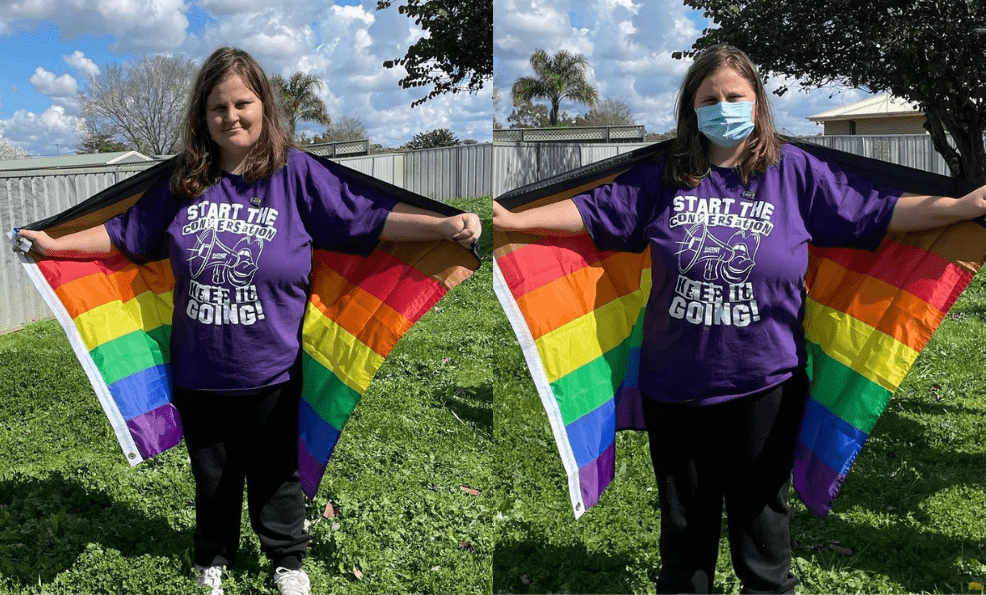

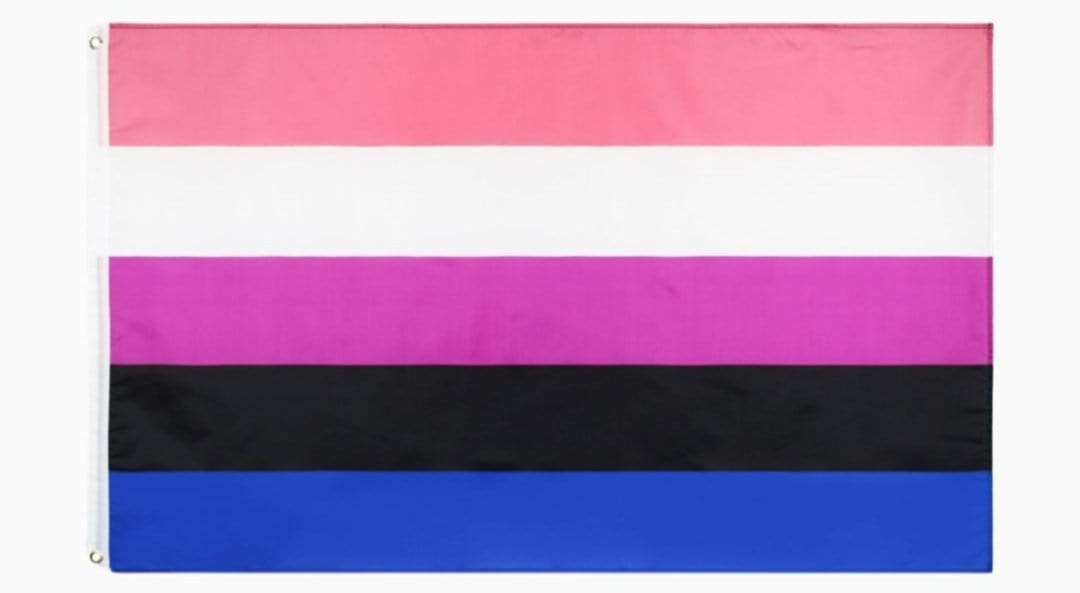
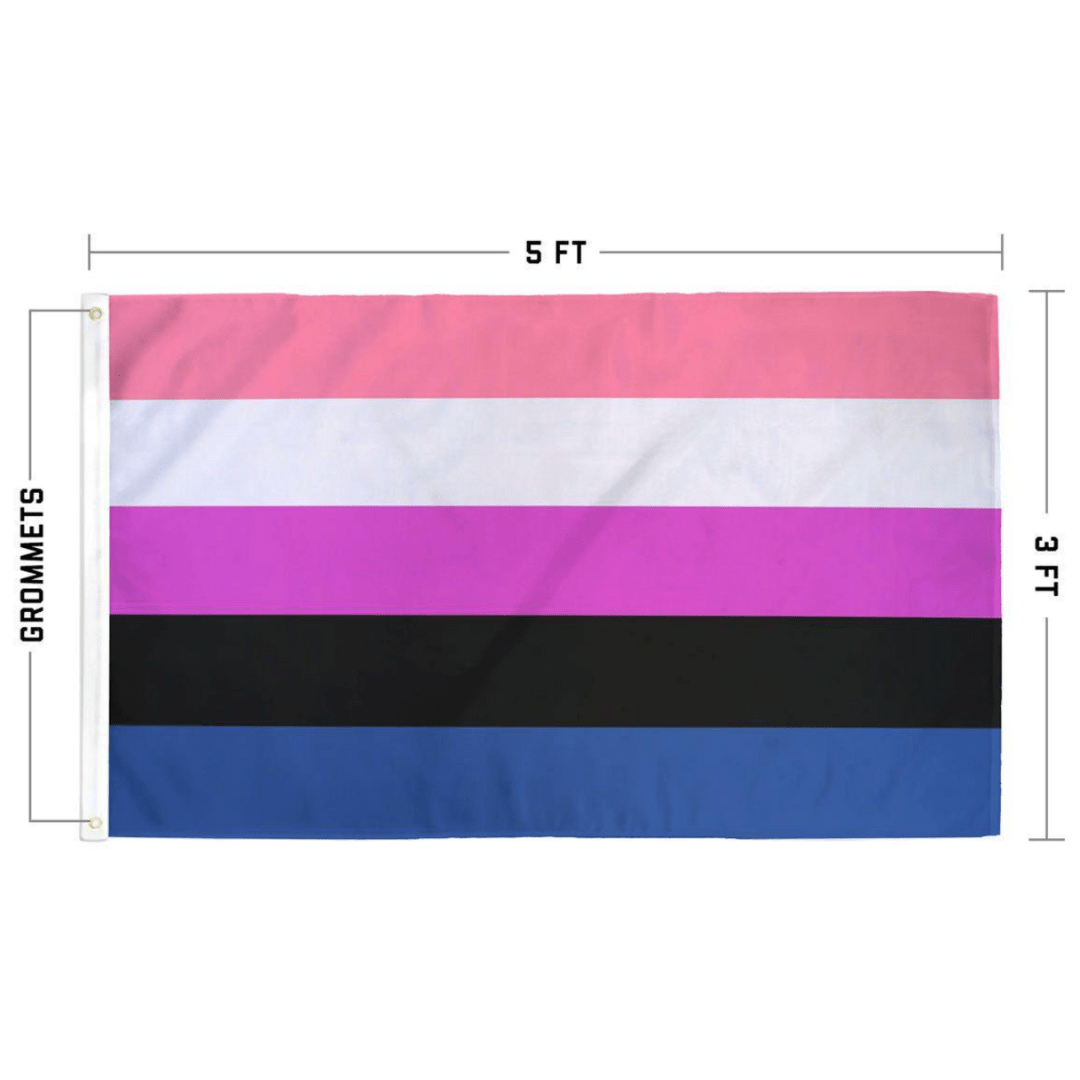
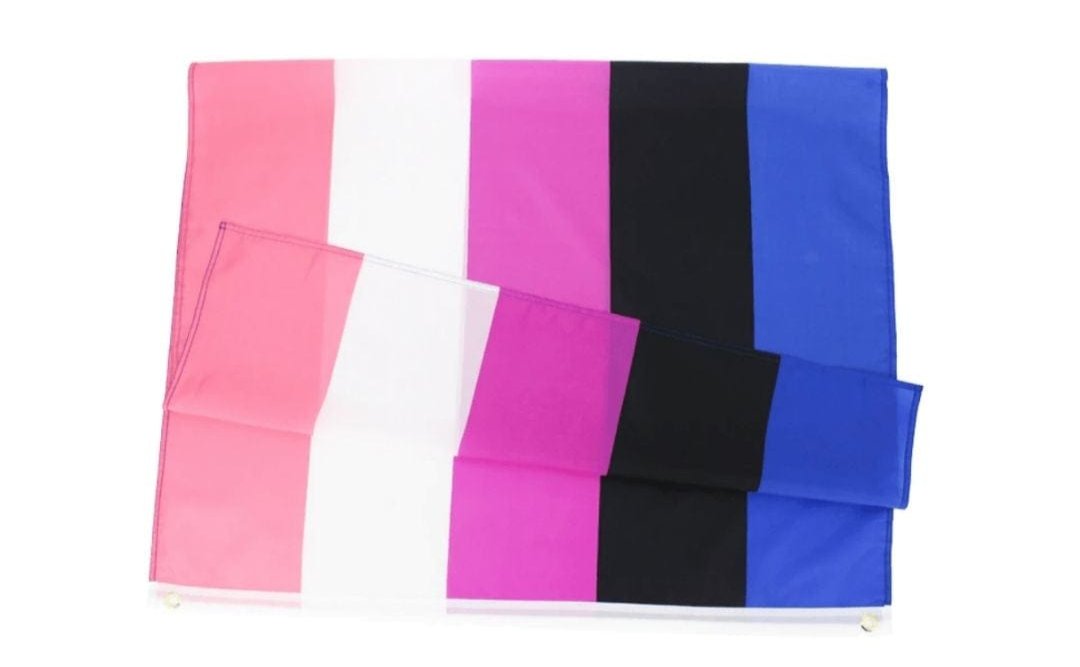
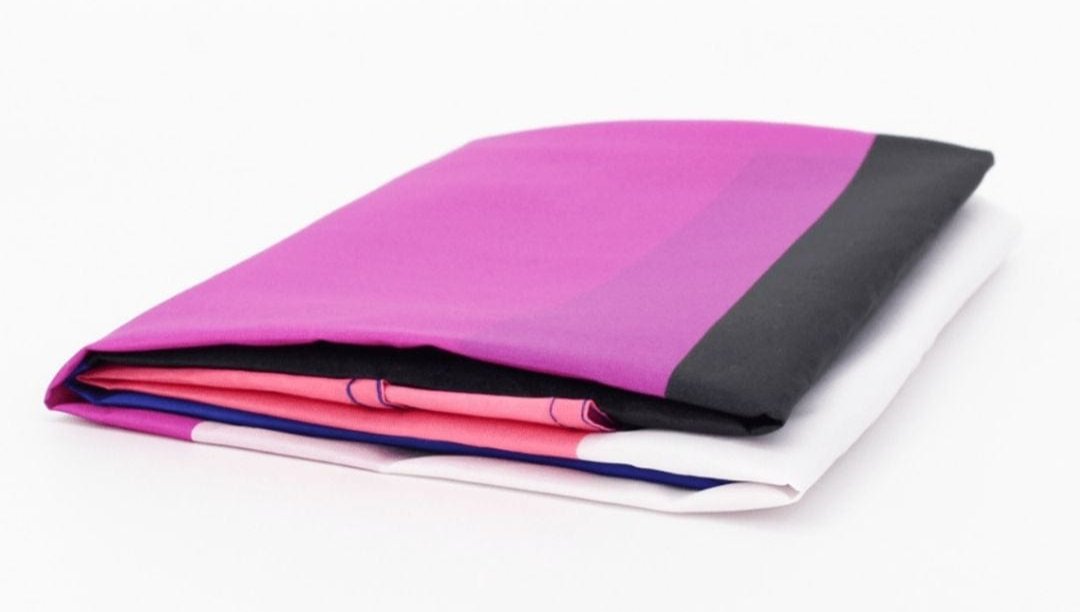

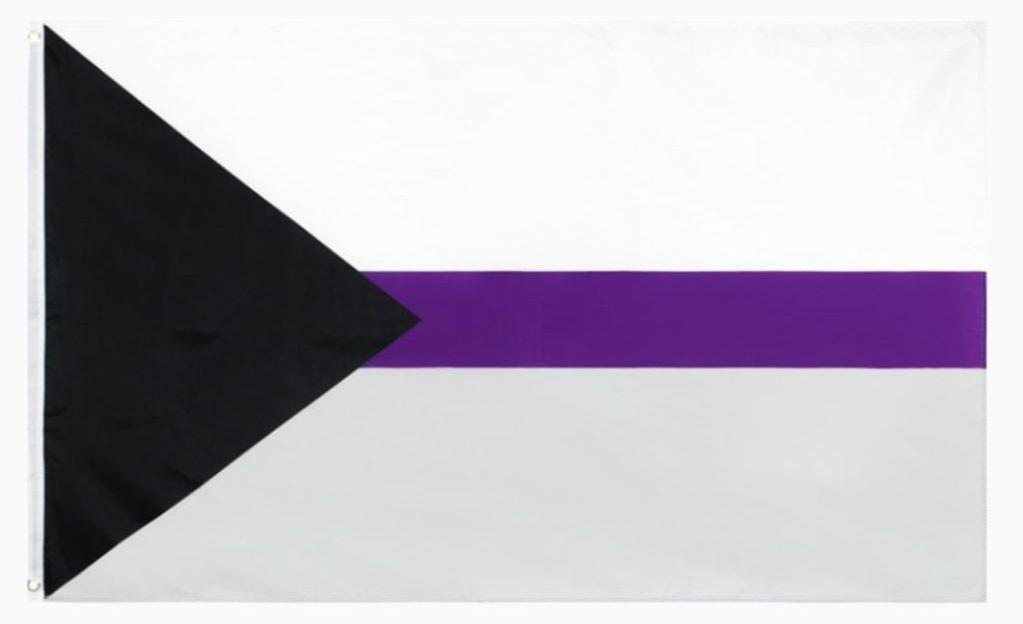
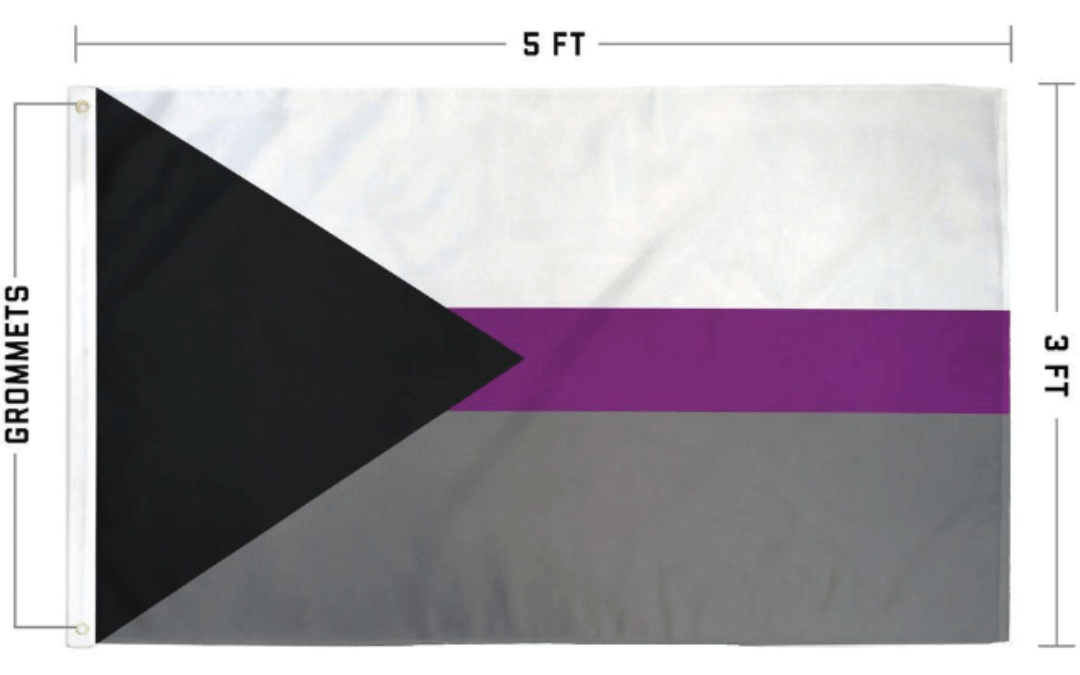

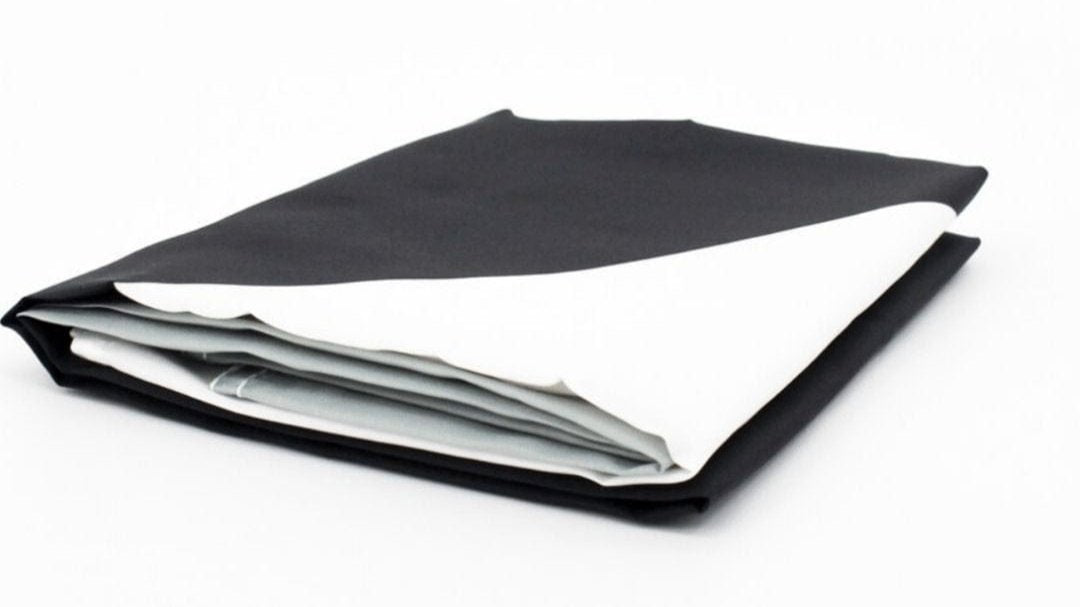


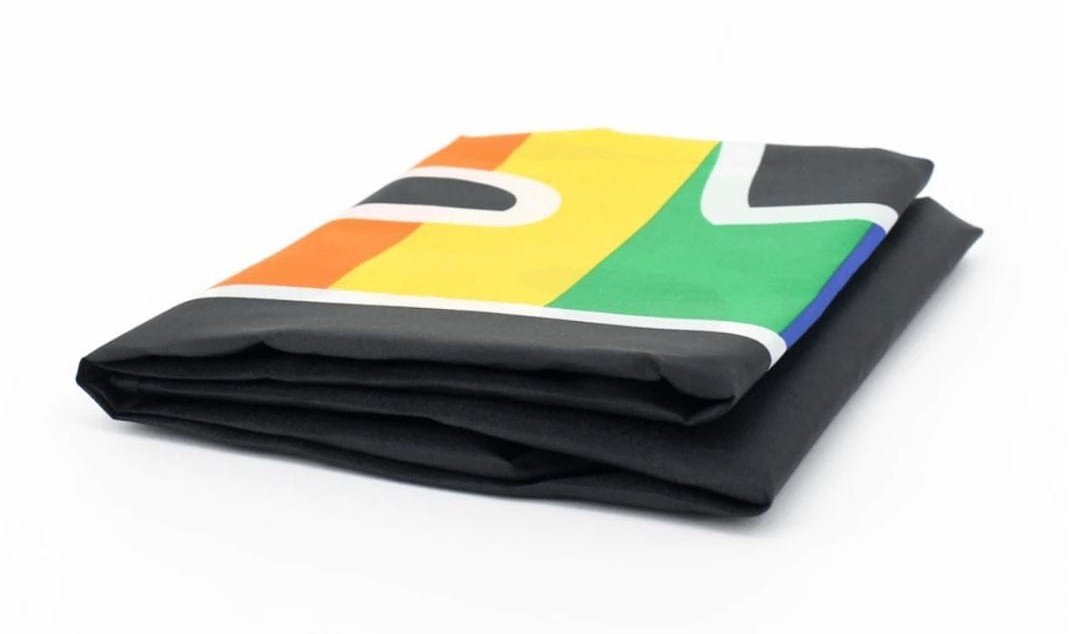

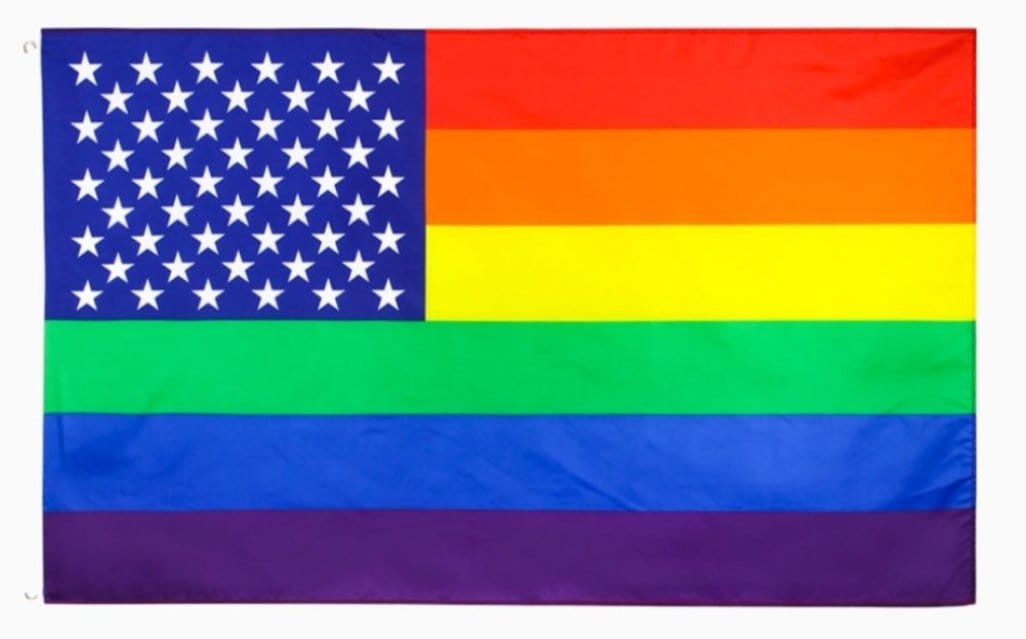
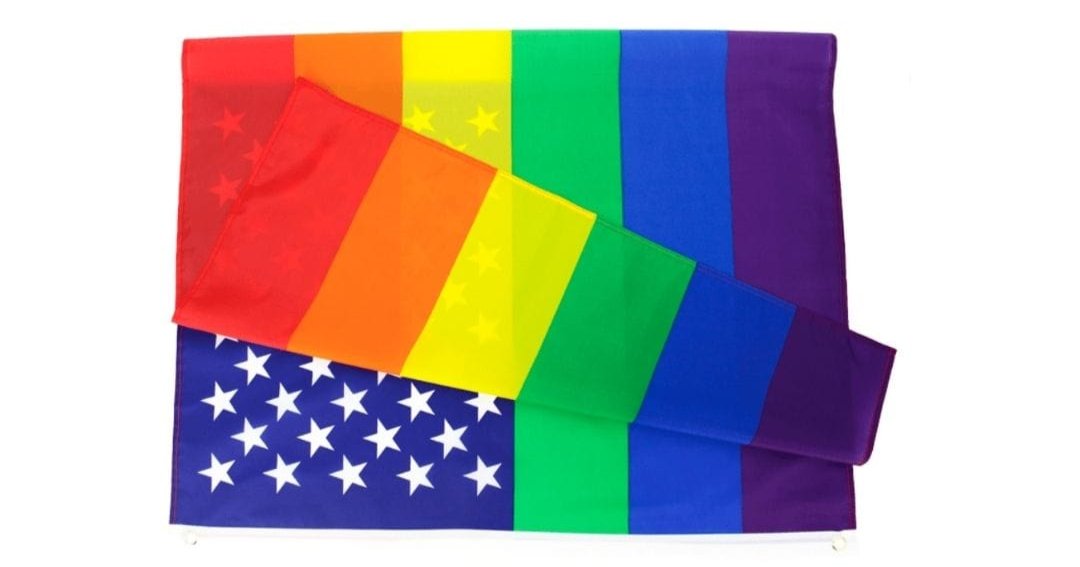
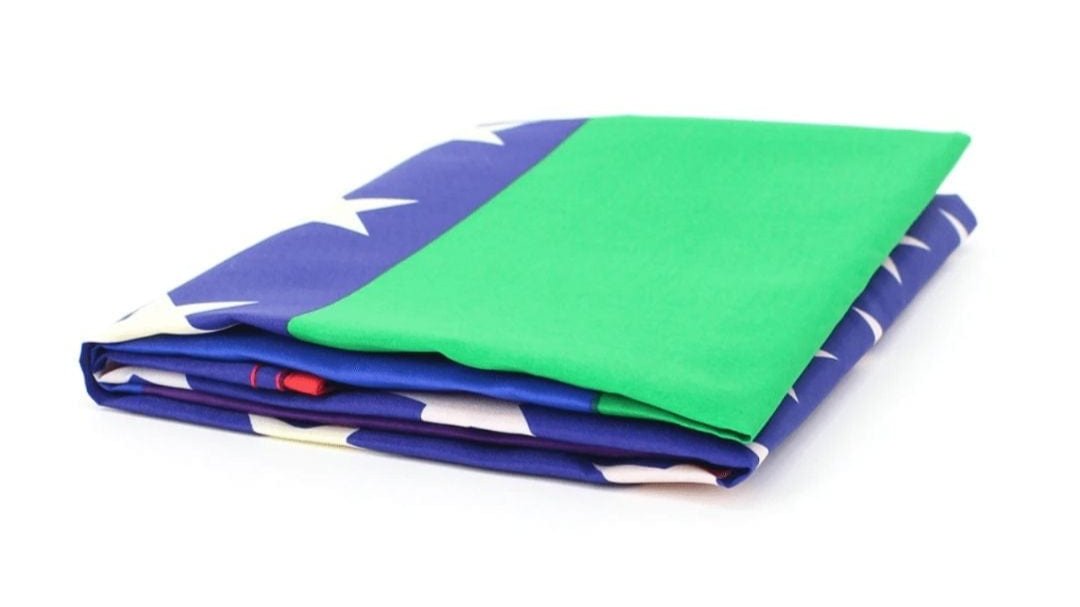
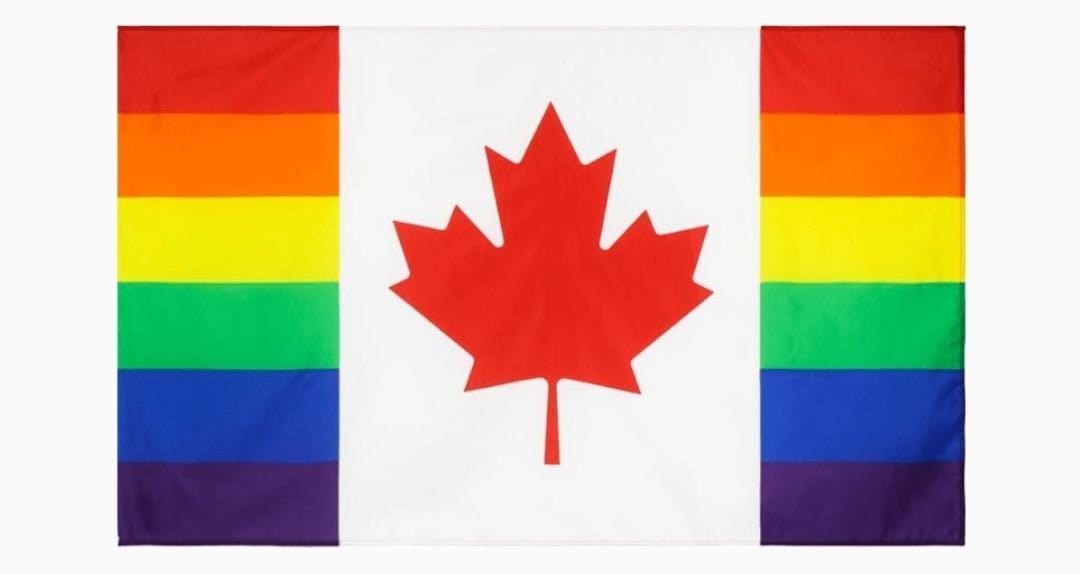
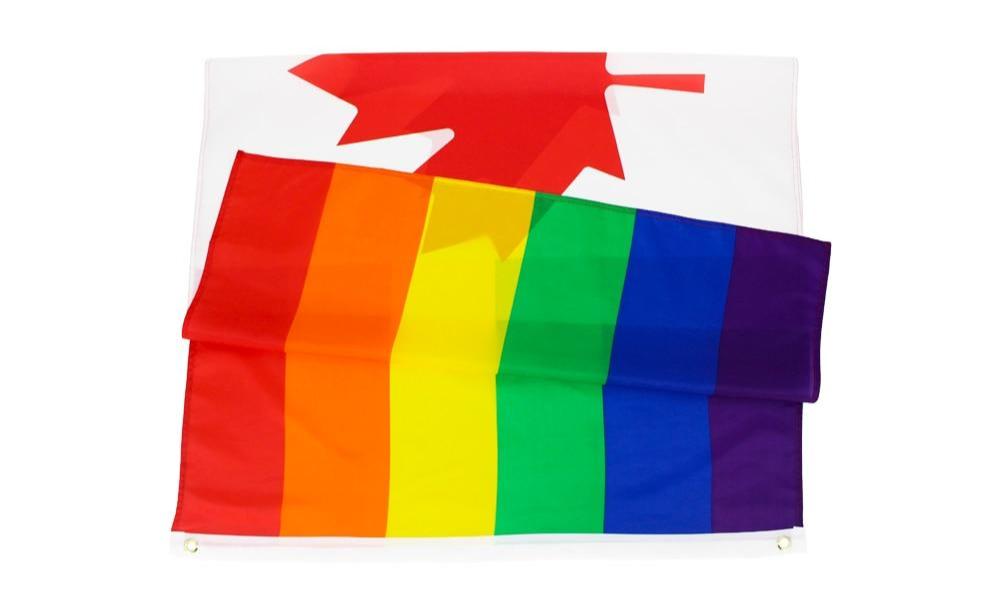

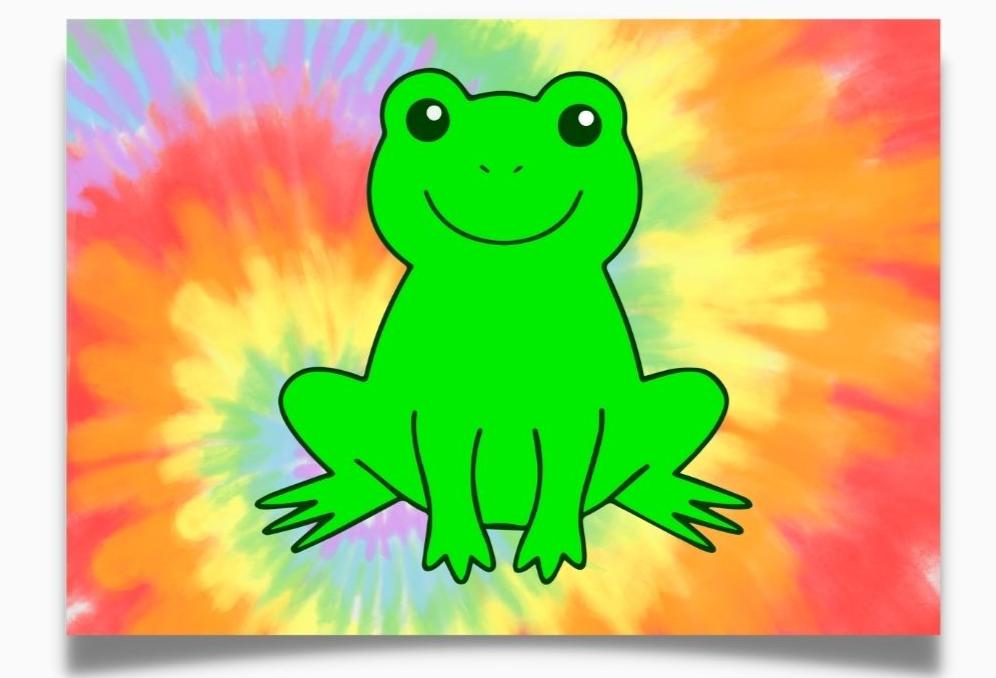
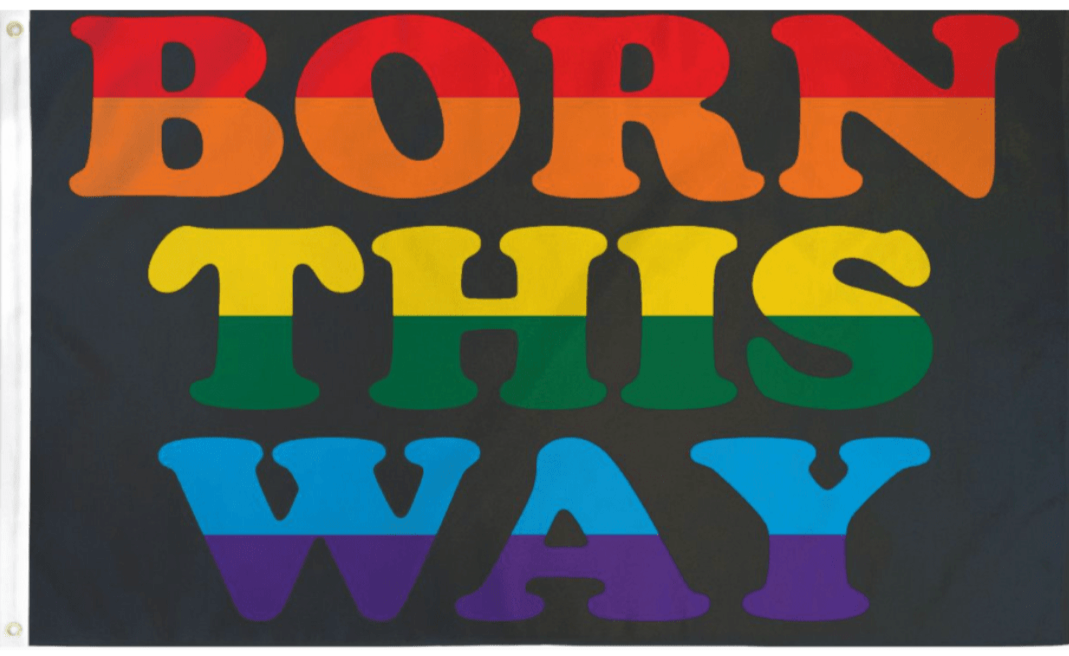
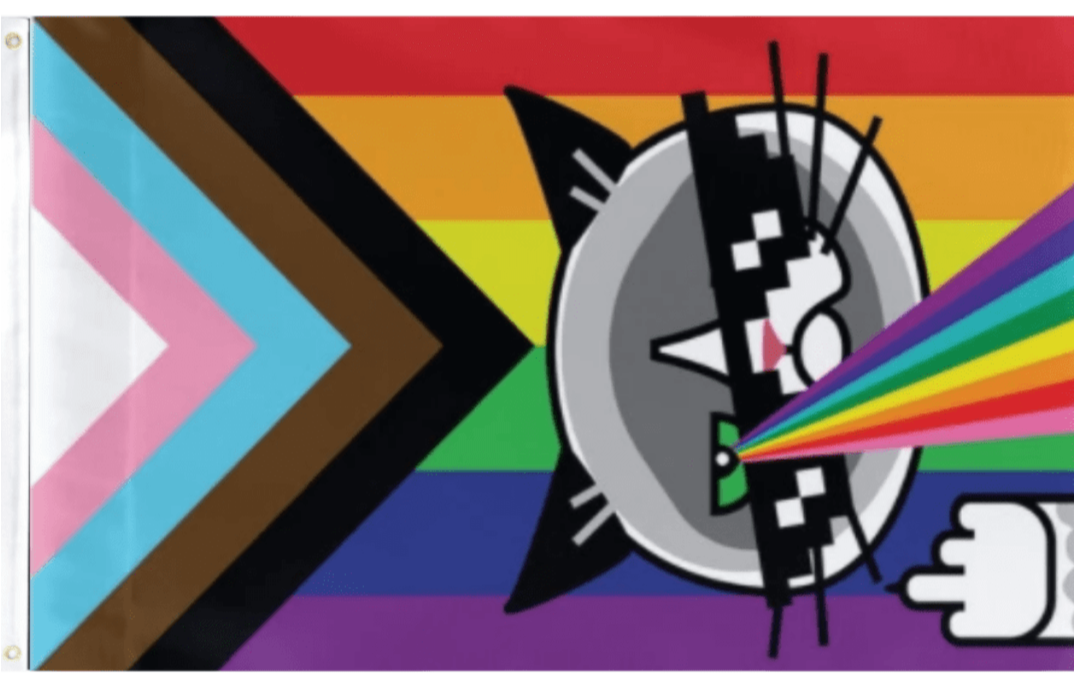
Comments
555
555
555
555
555